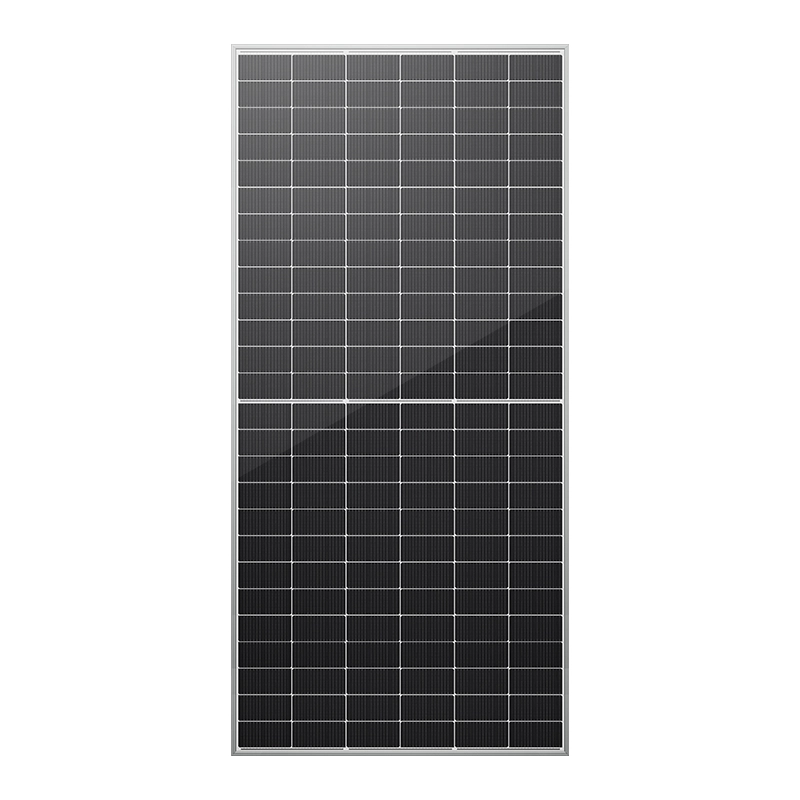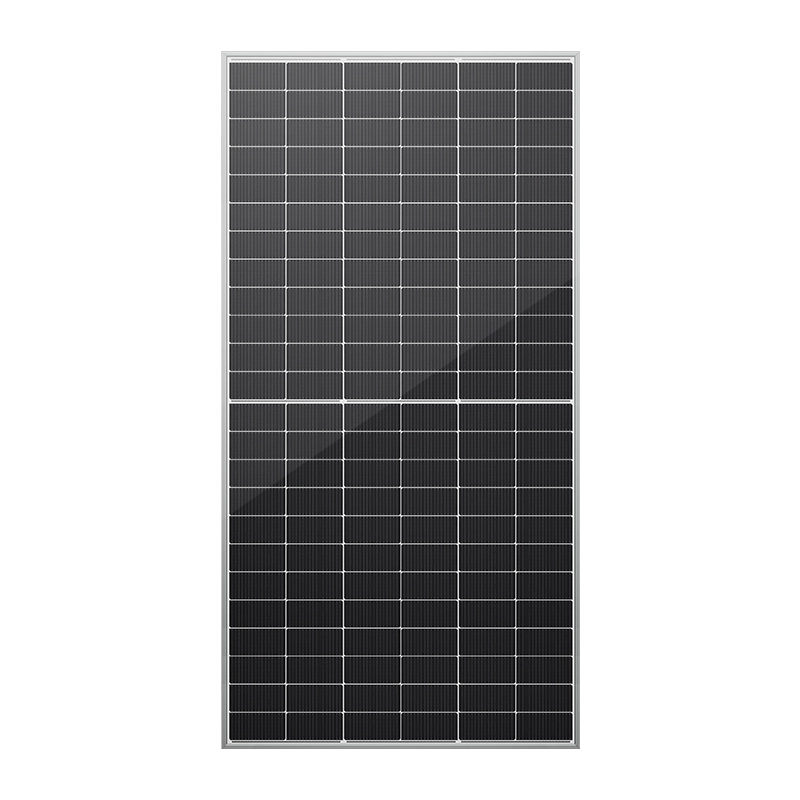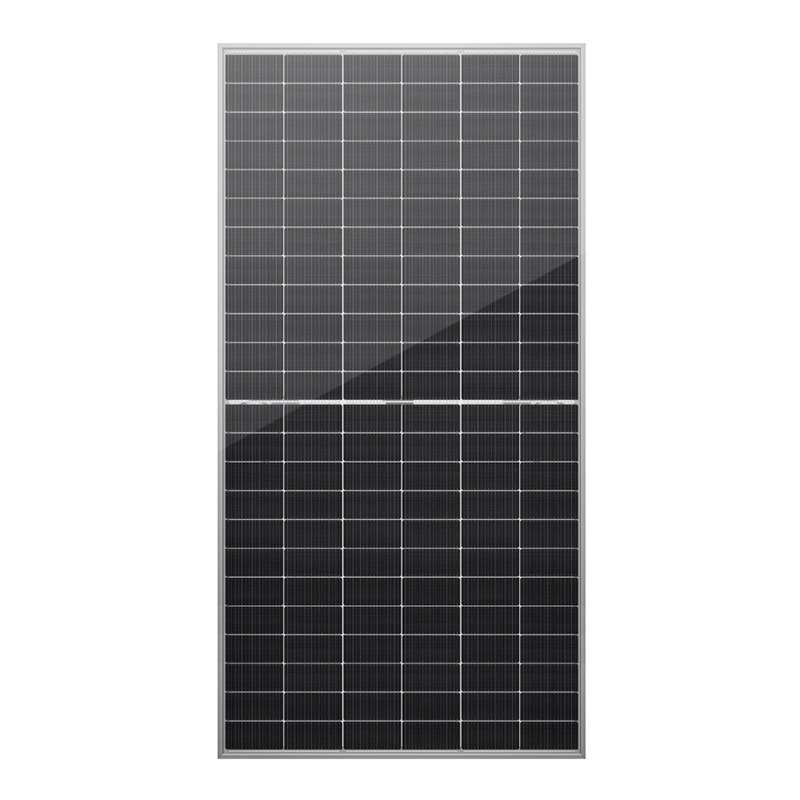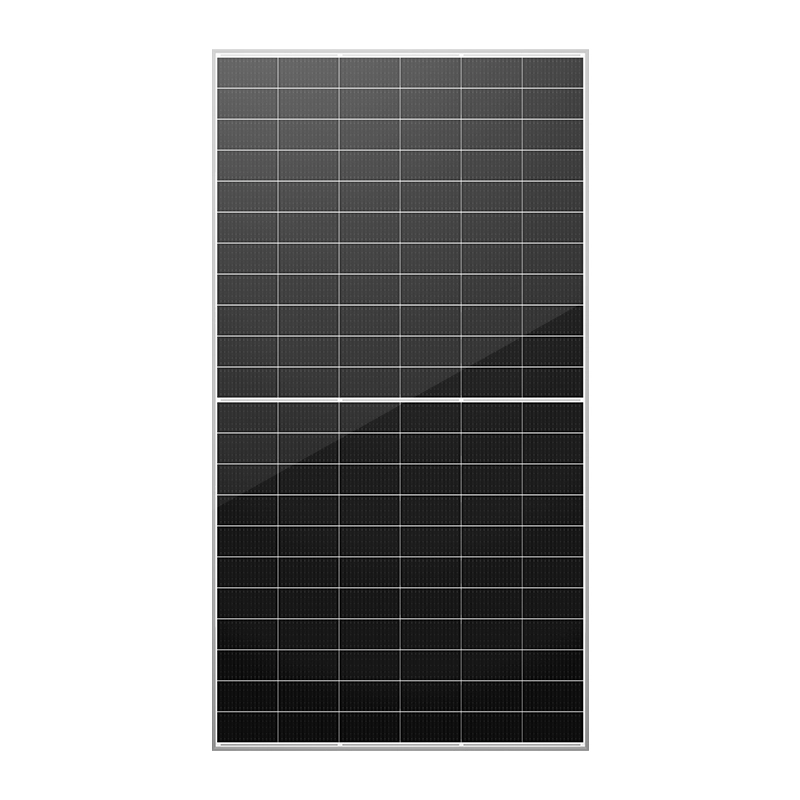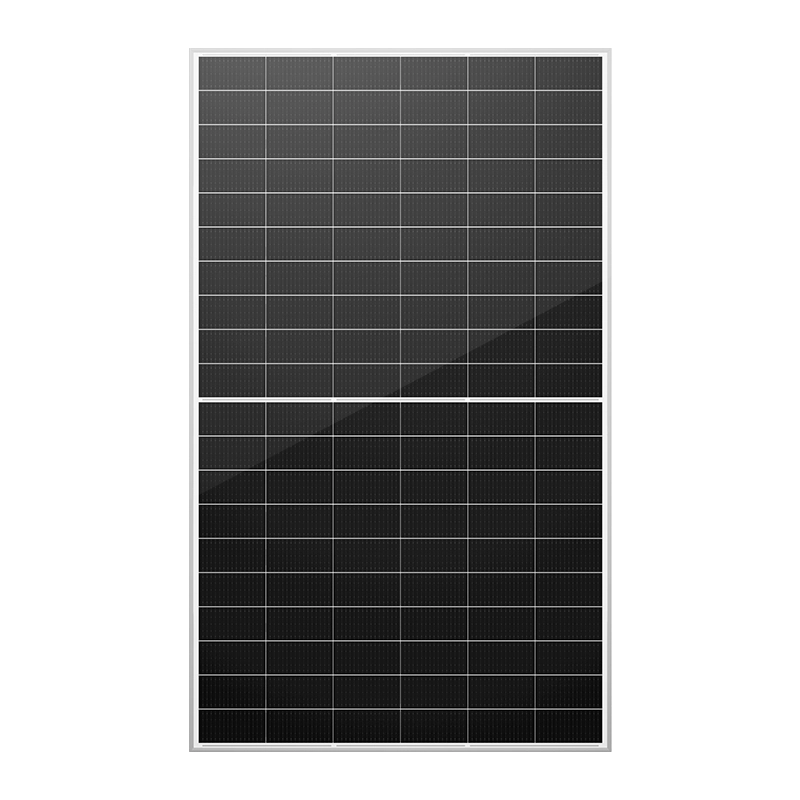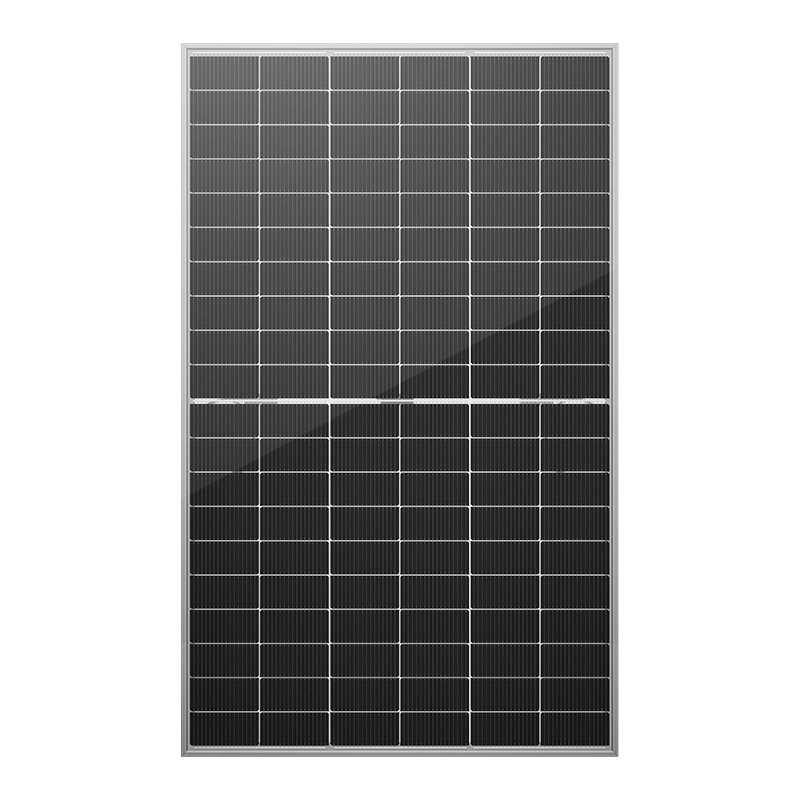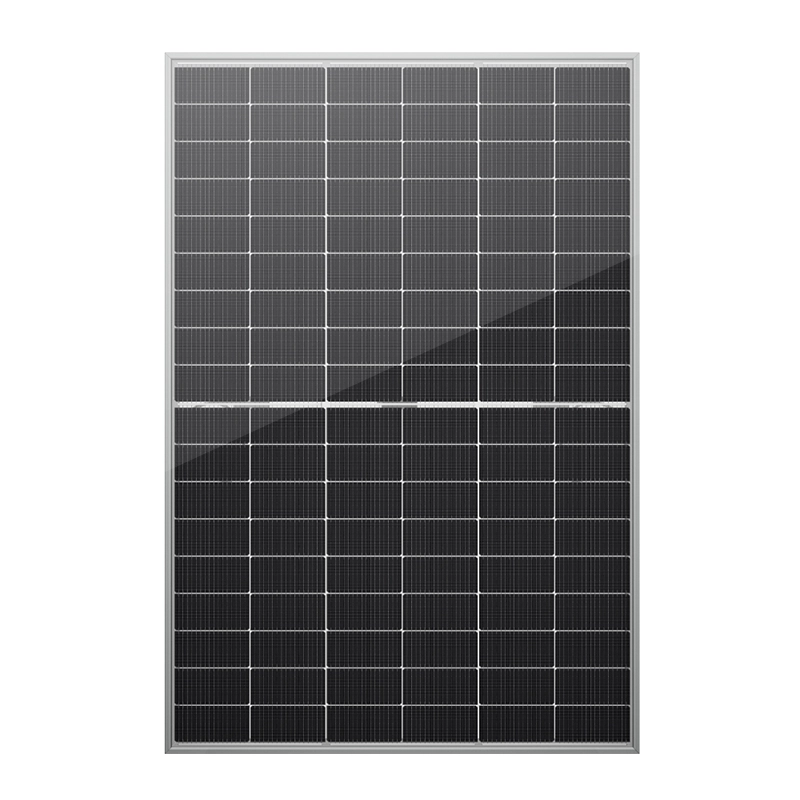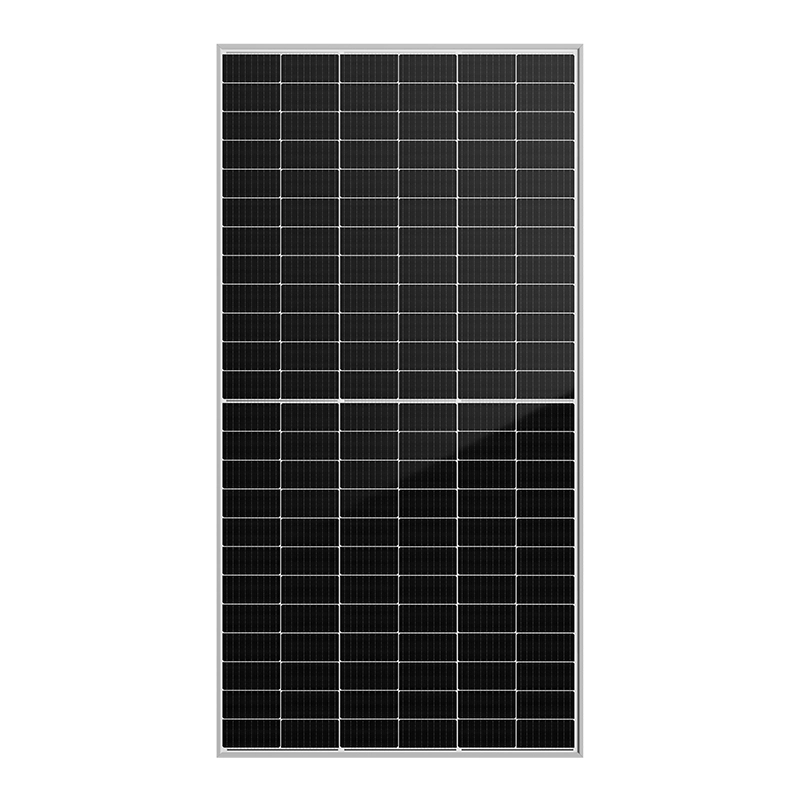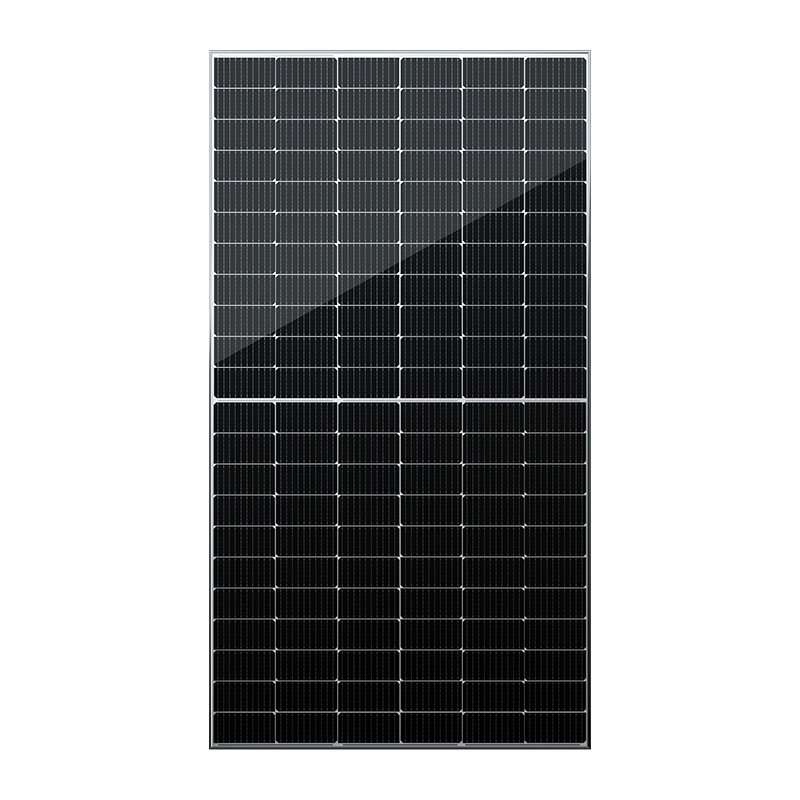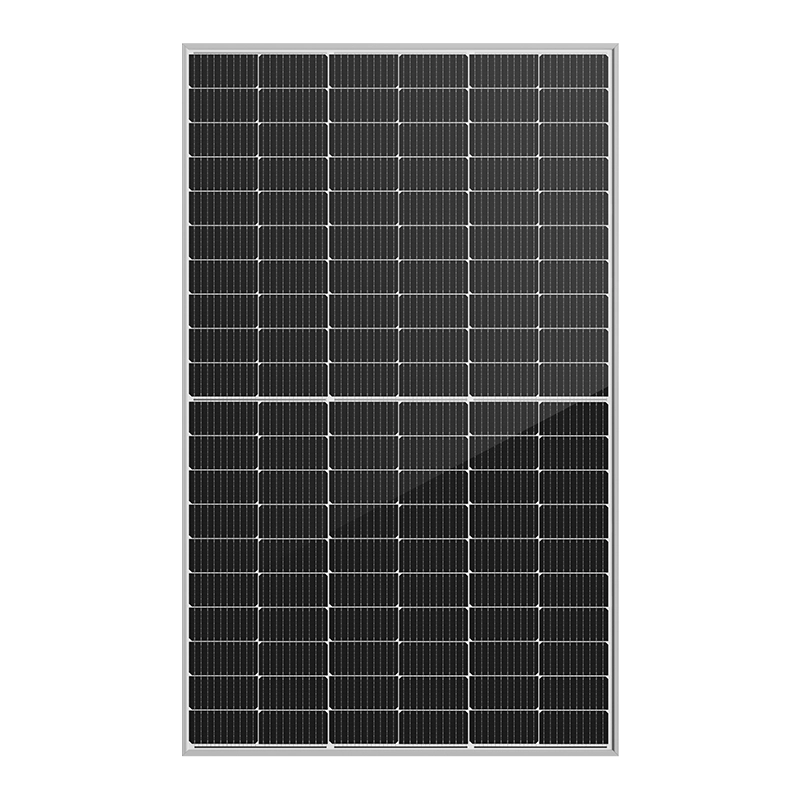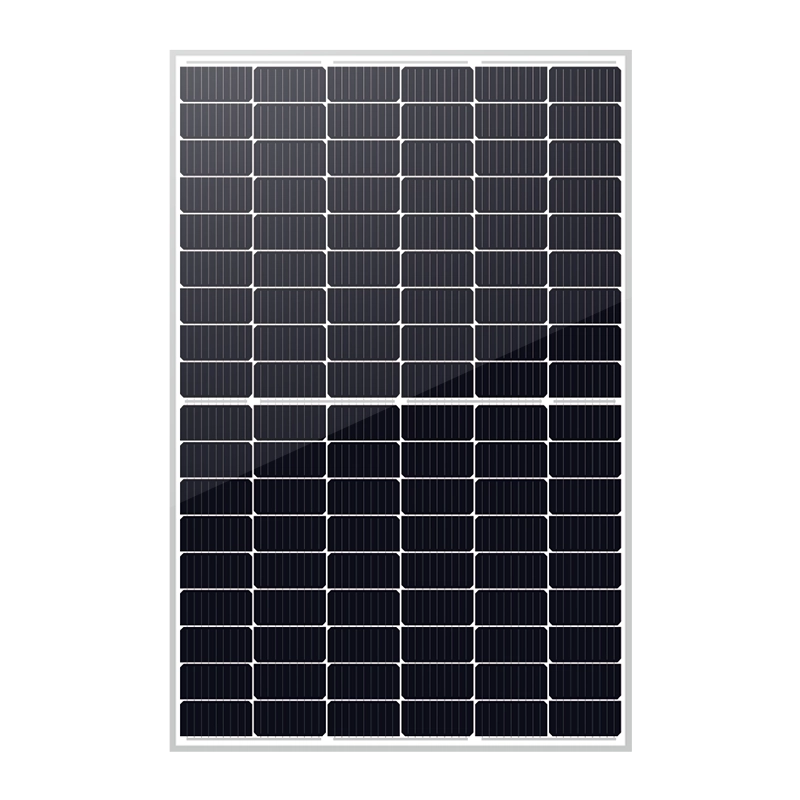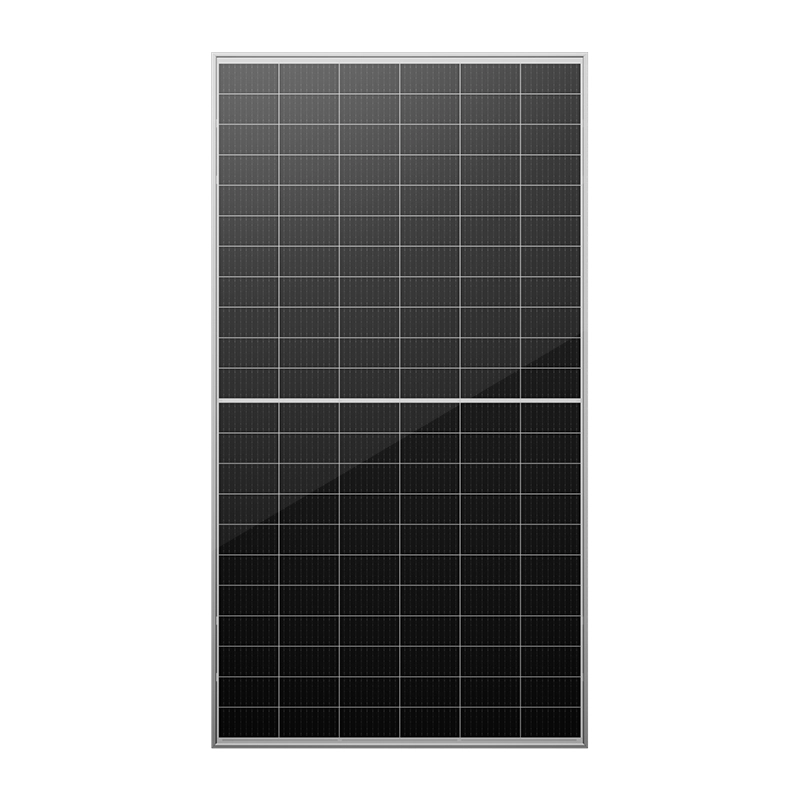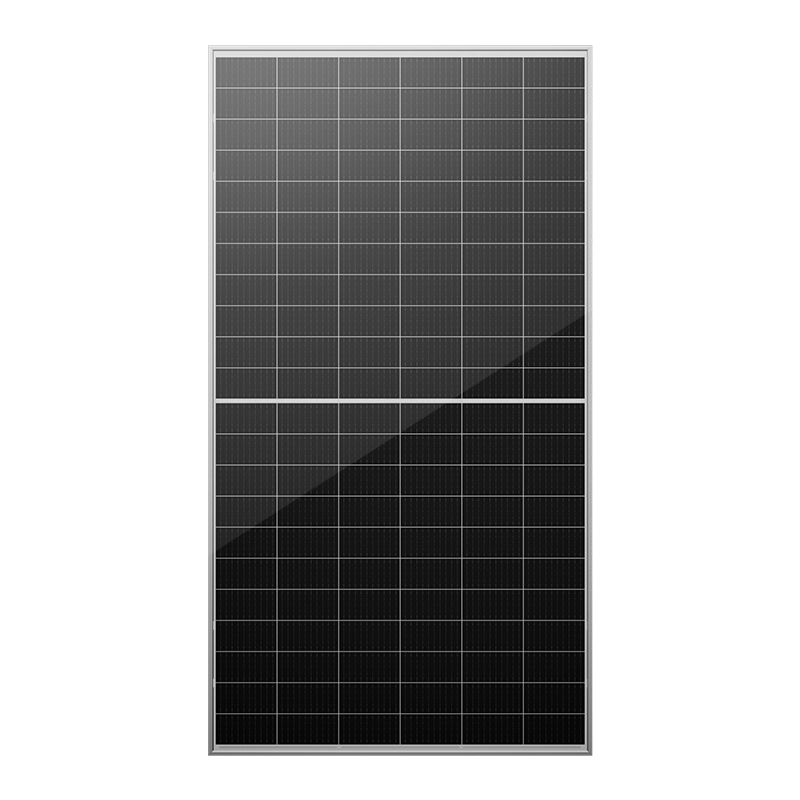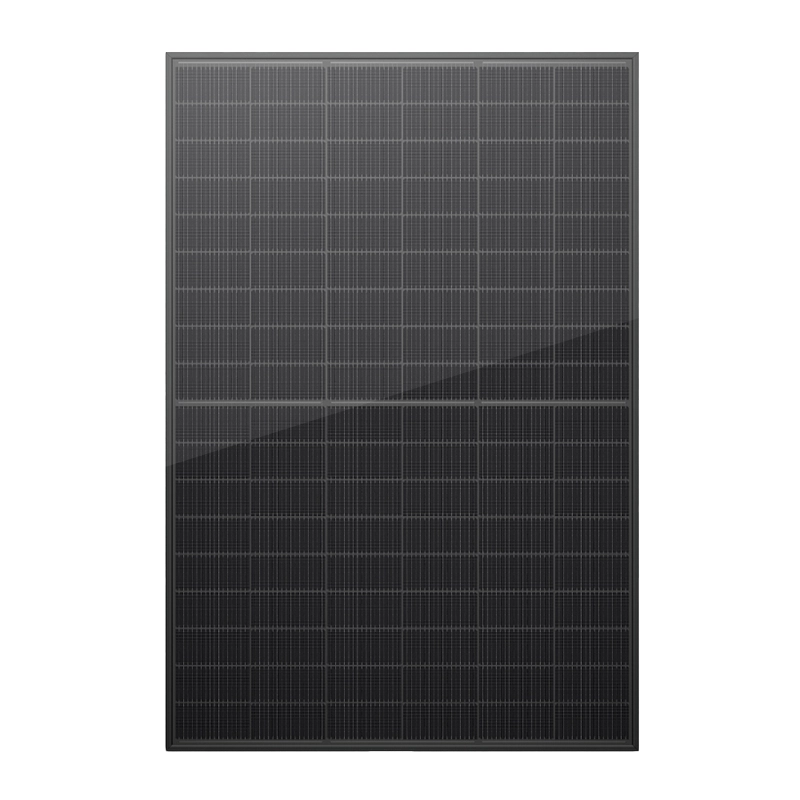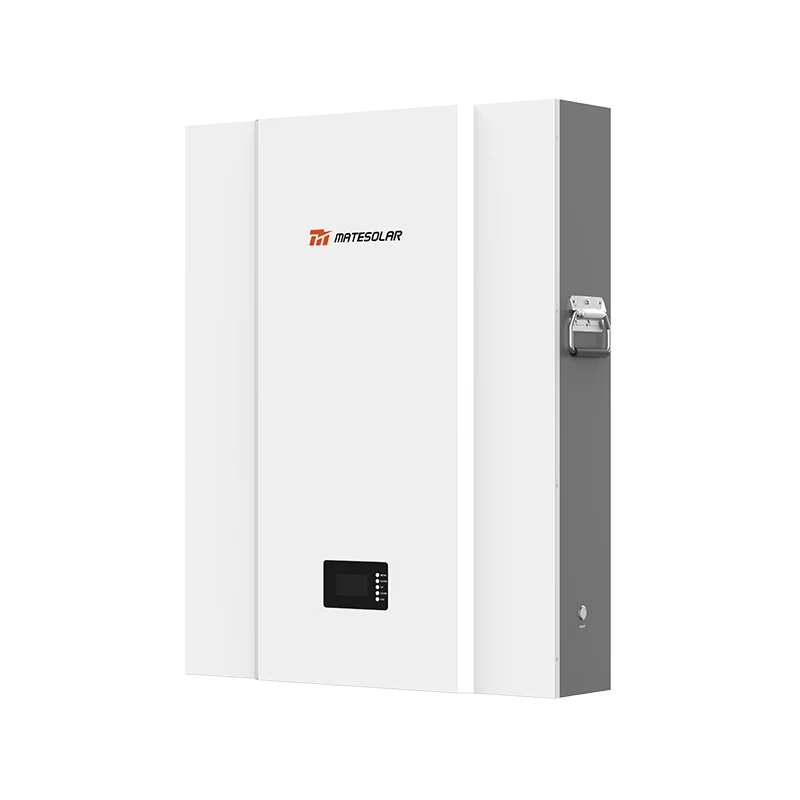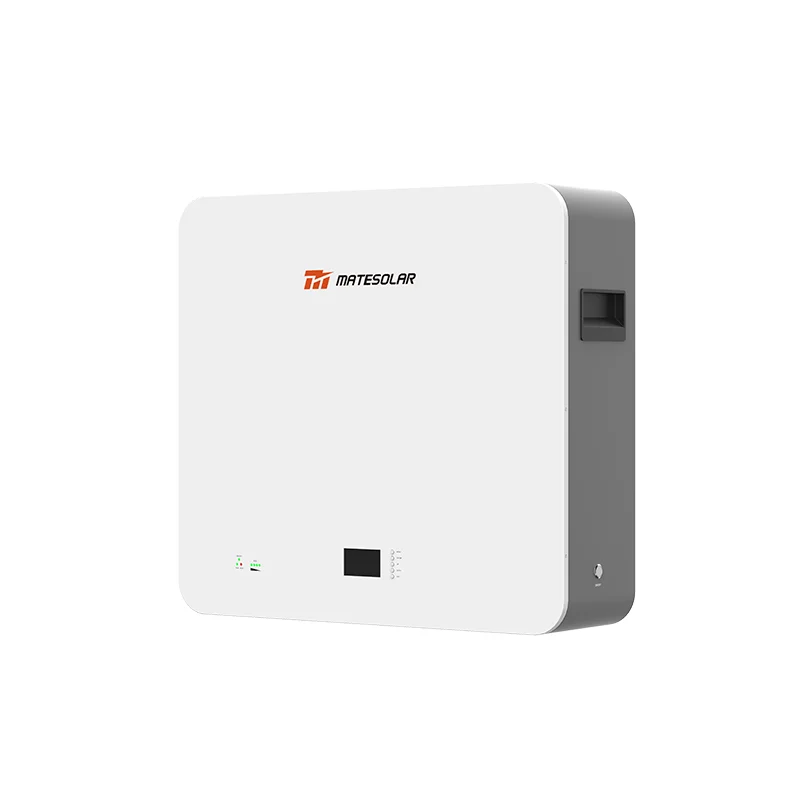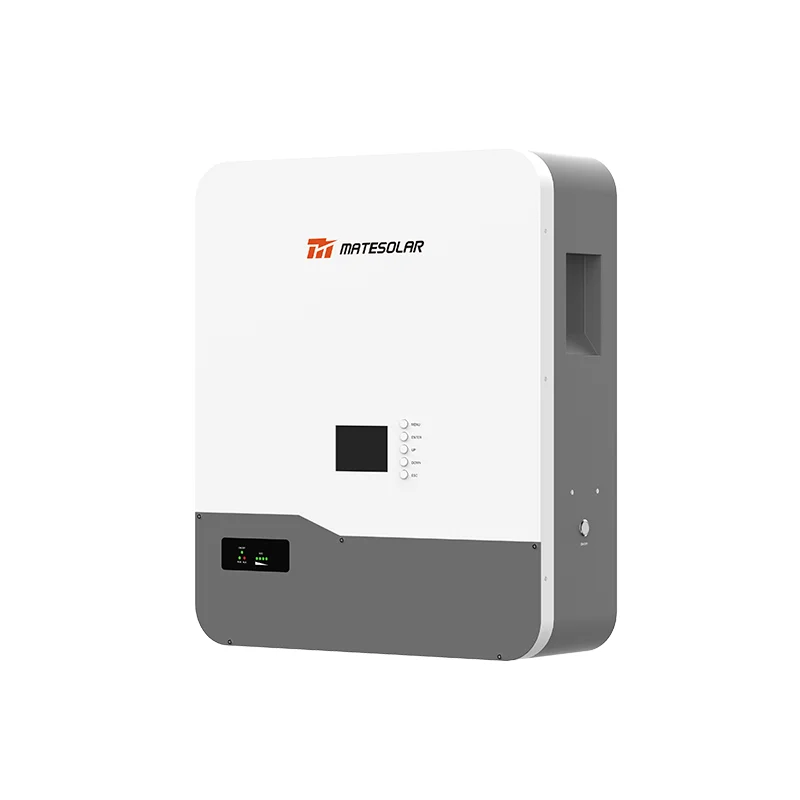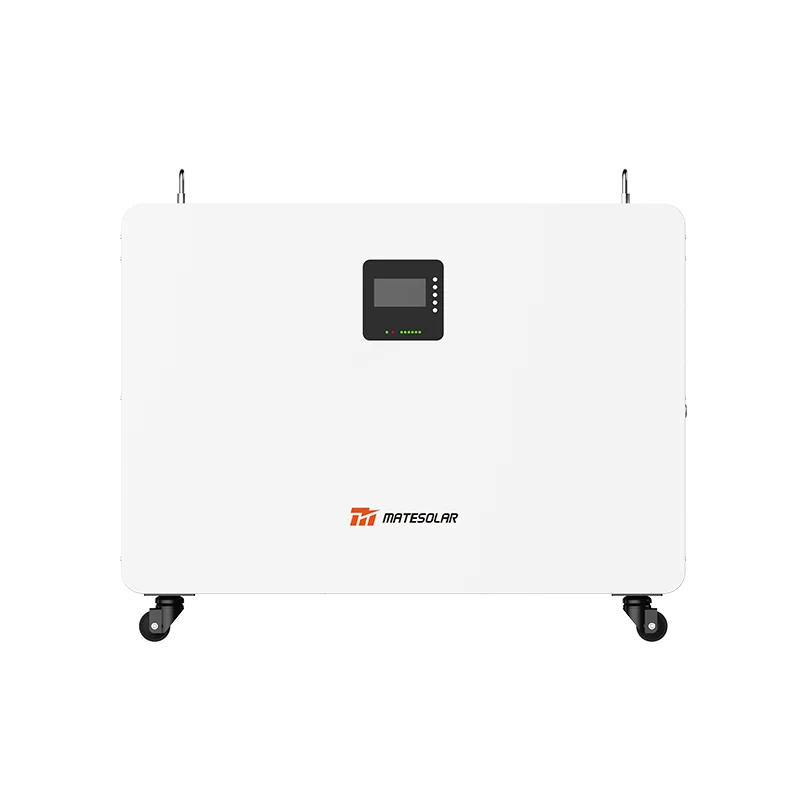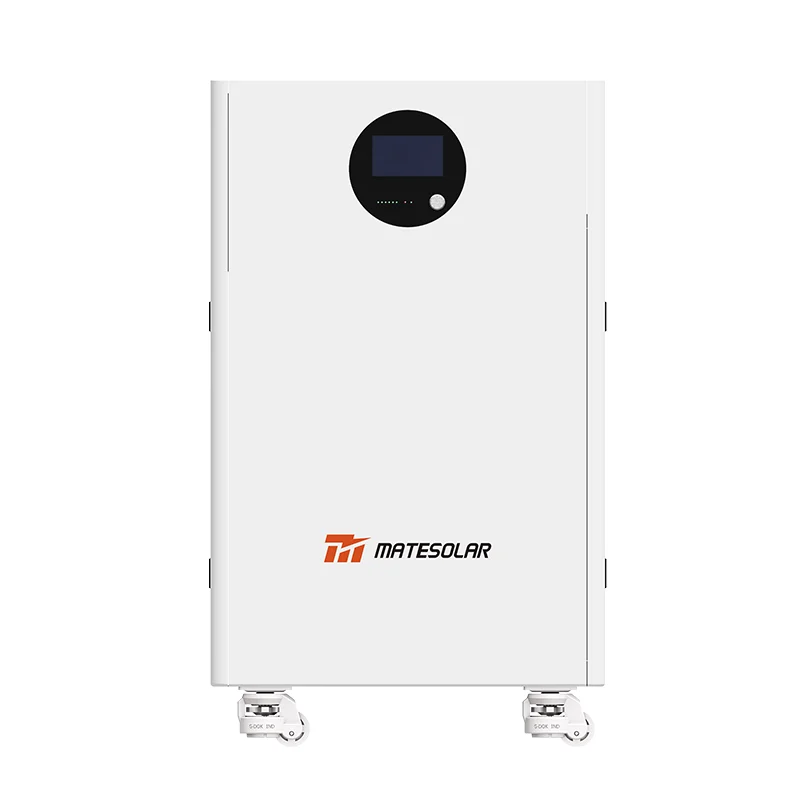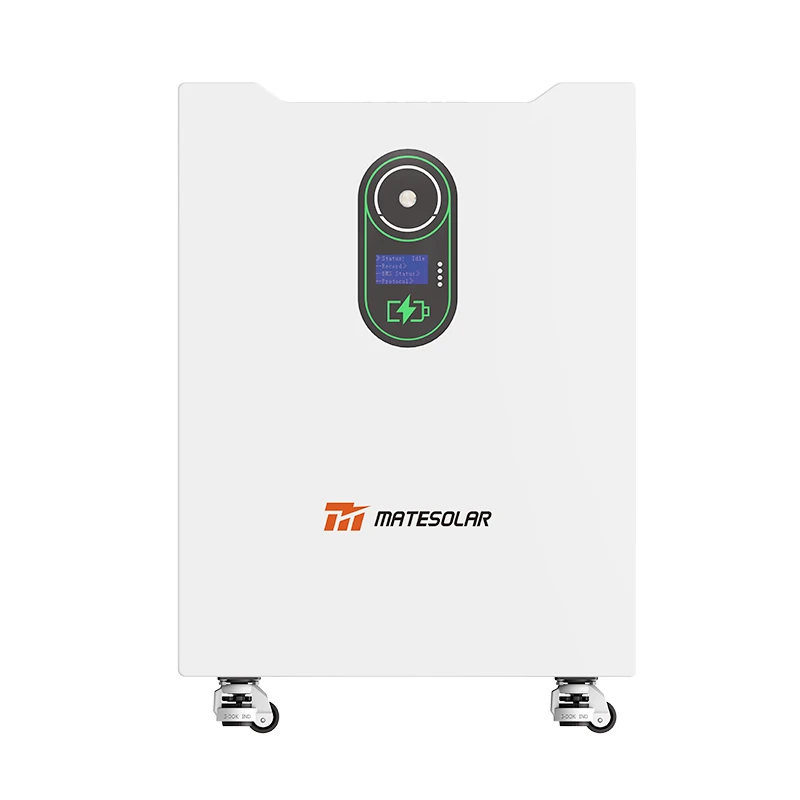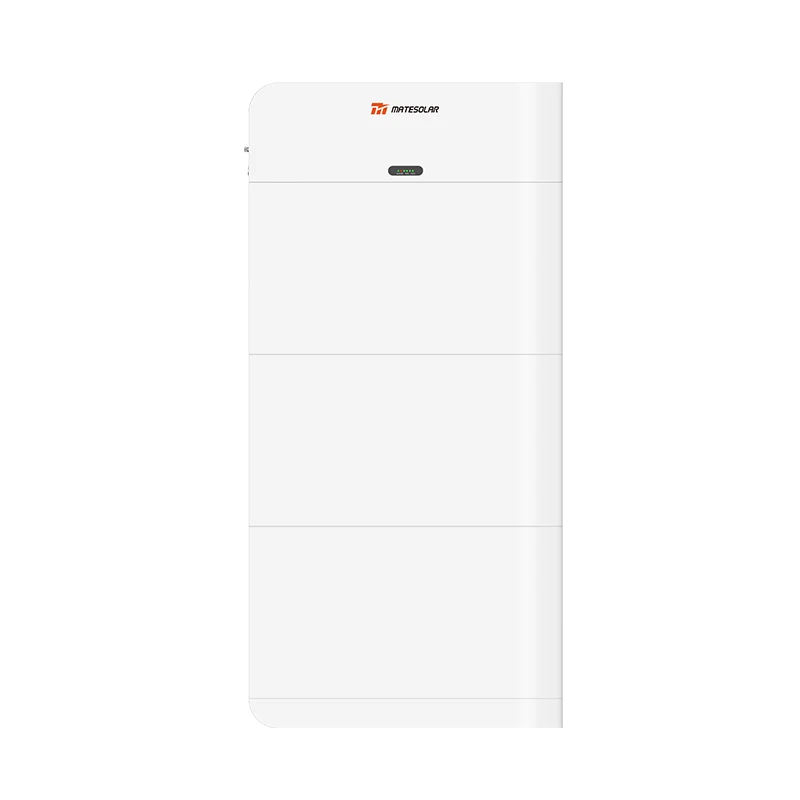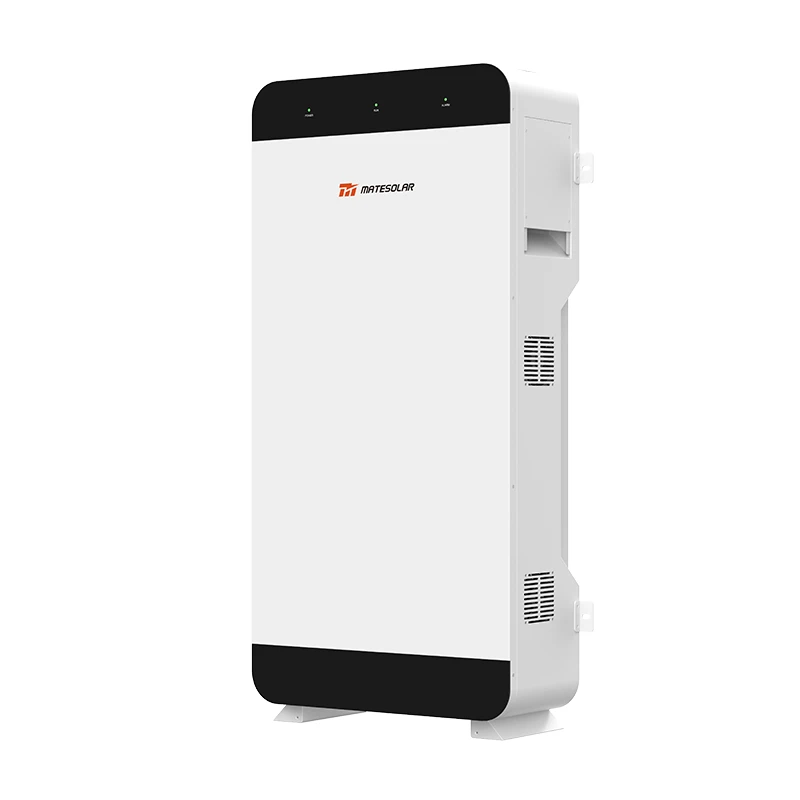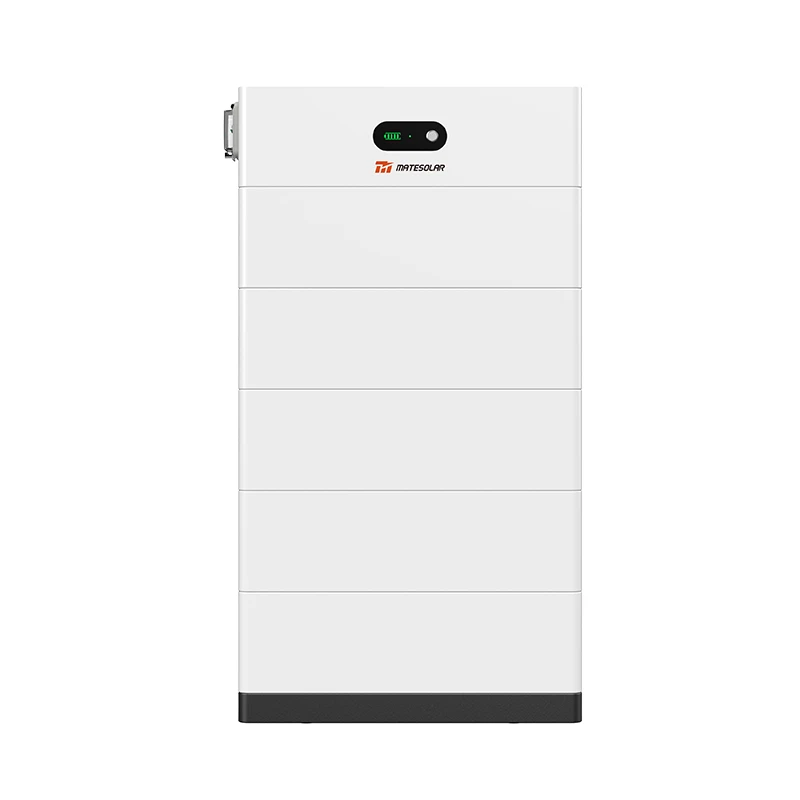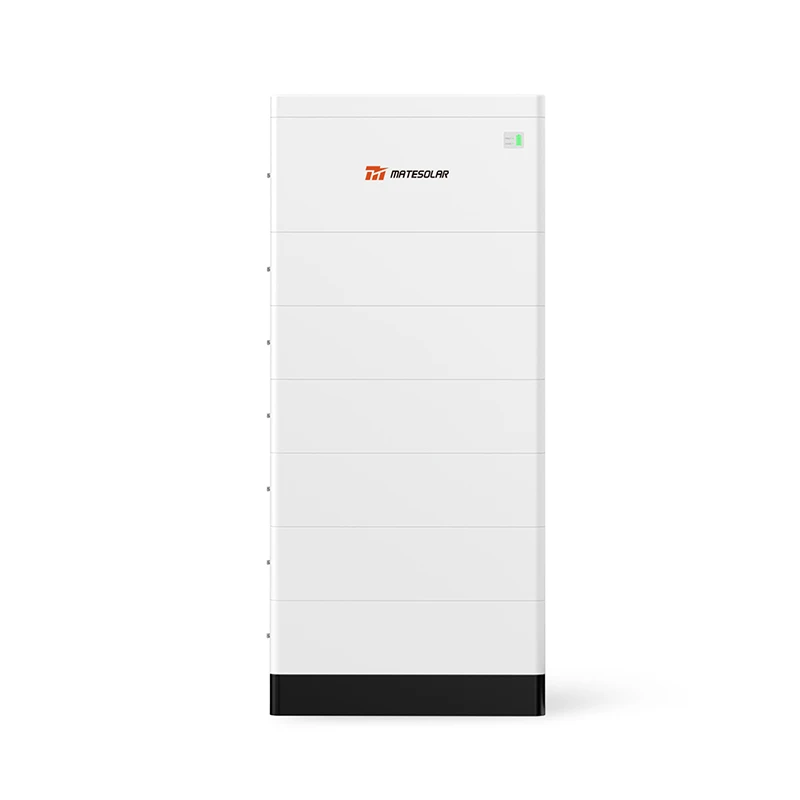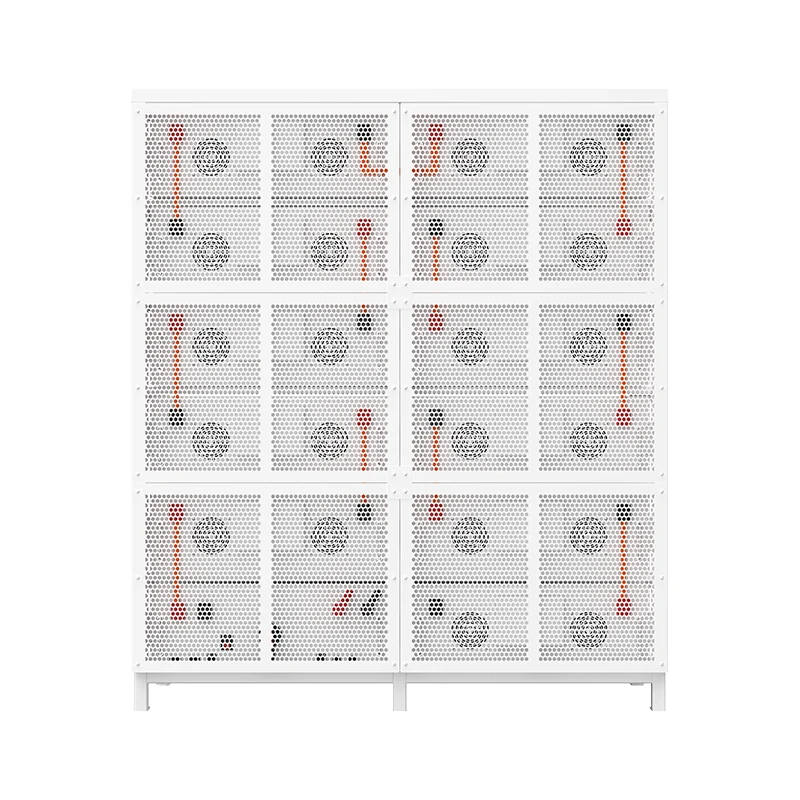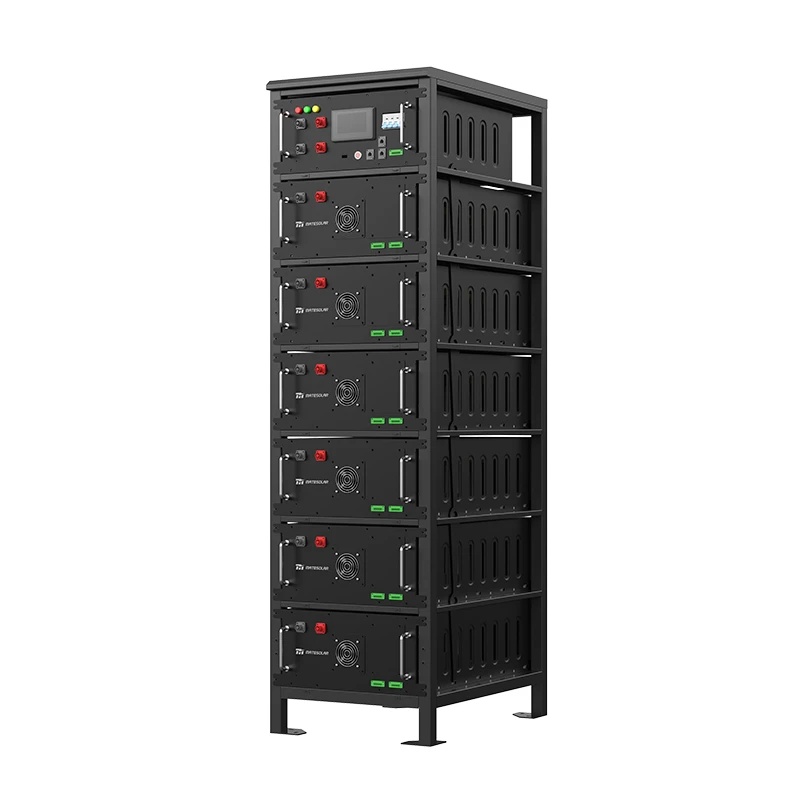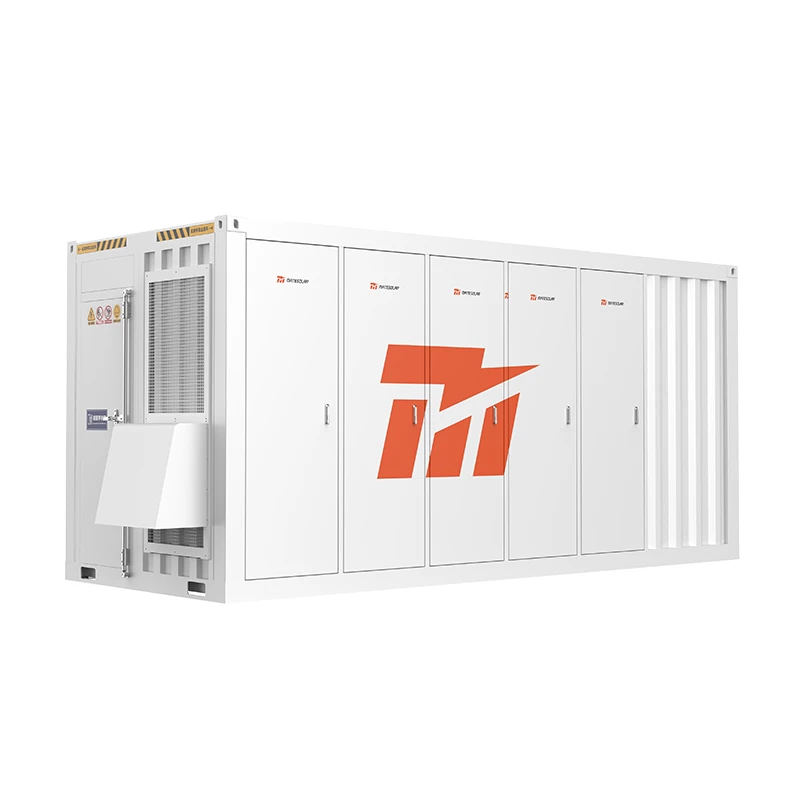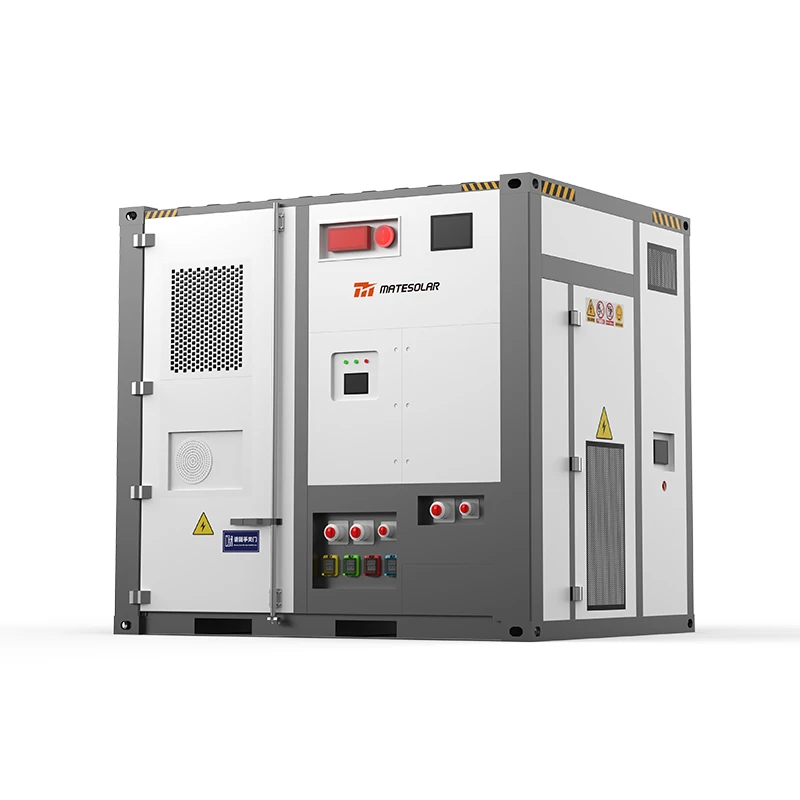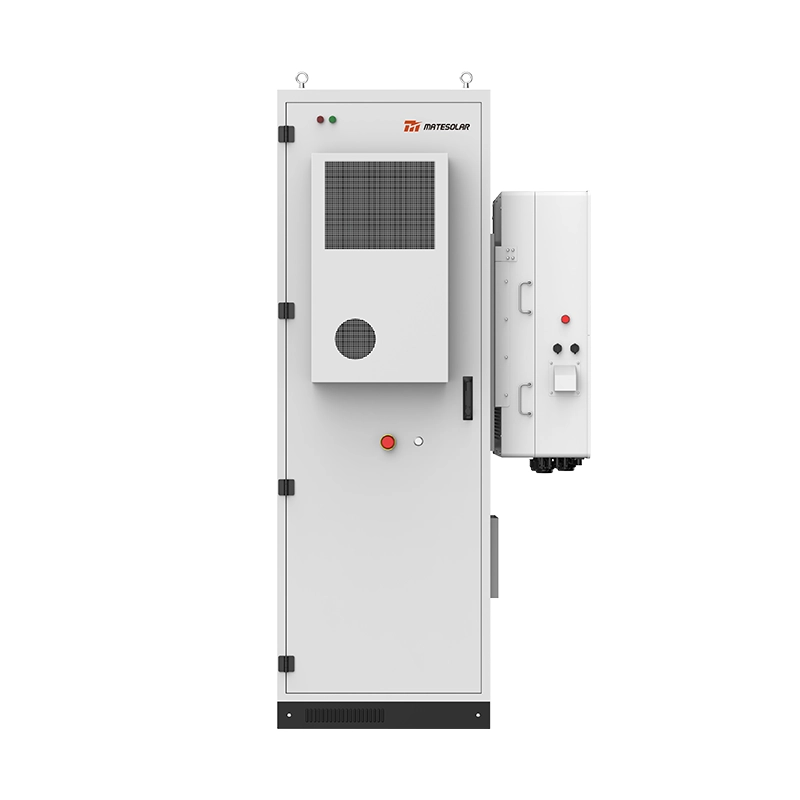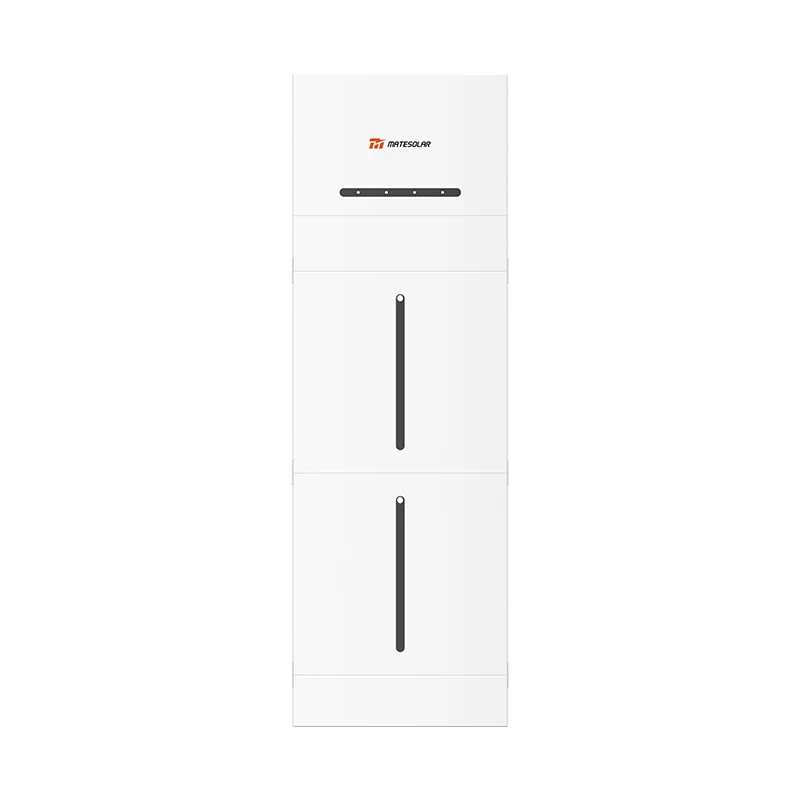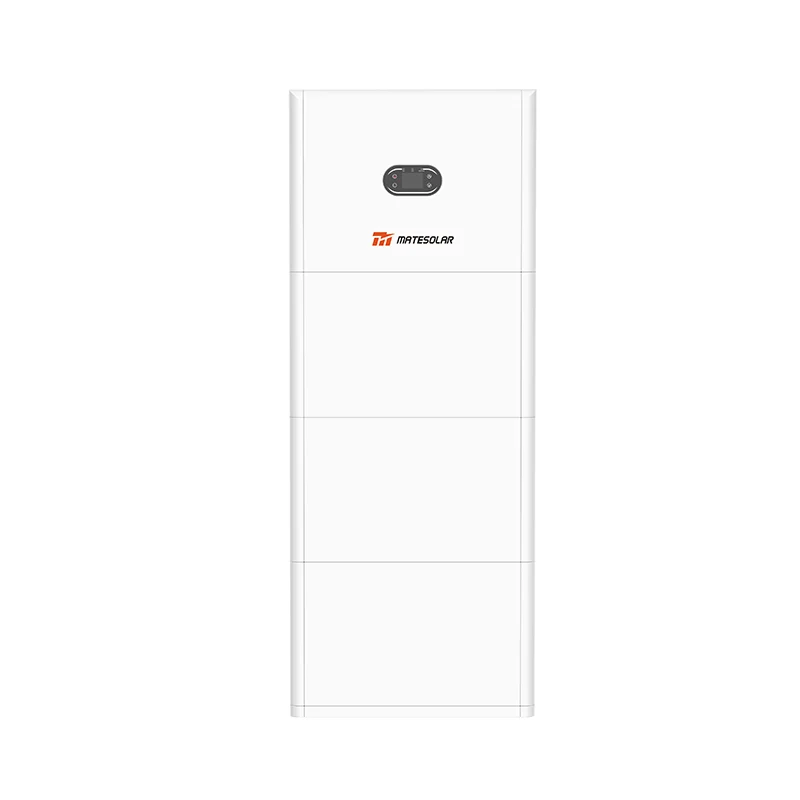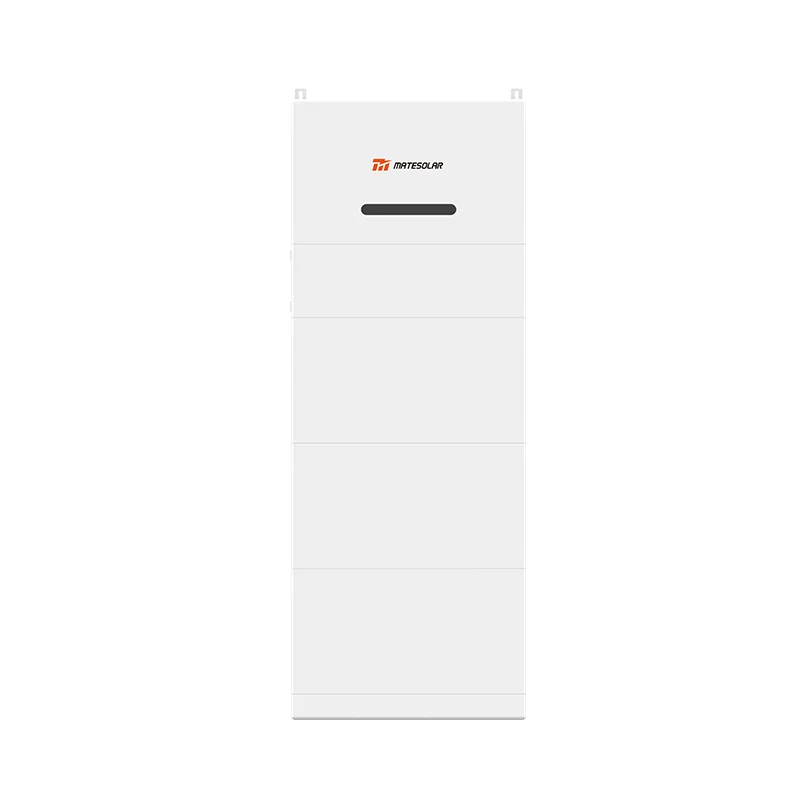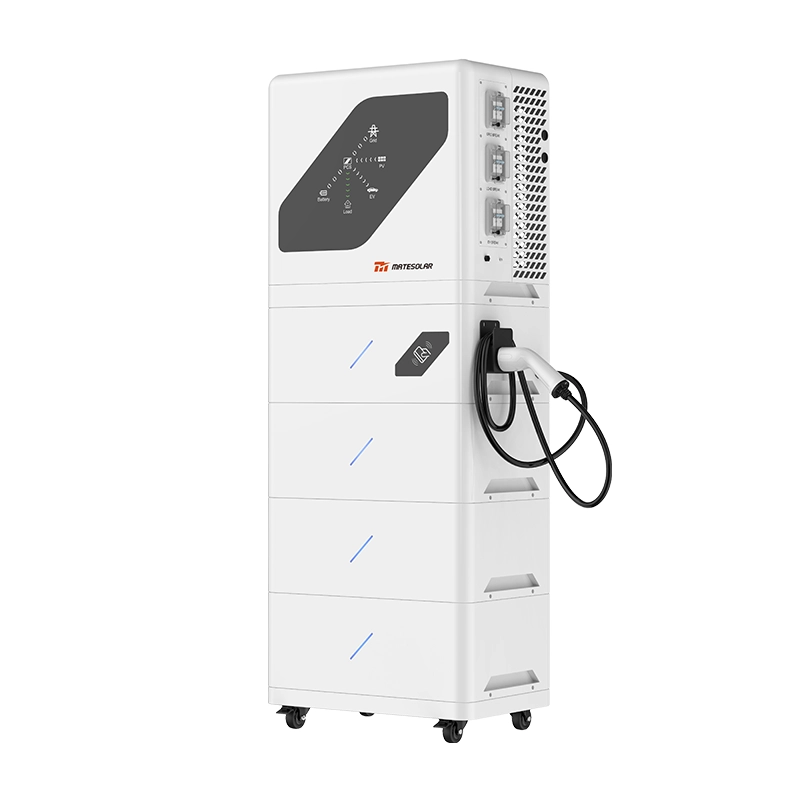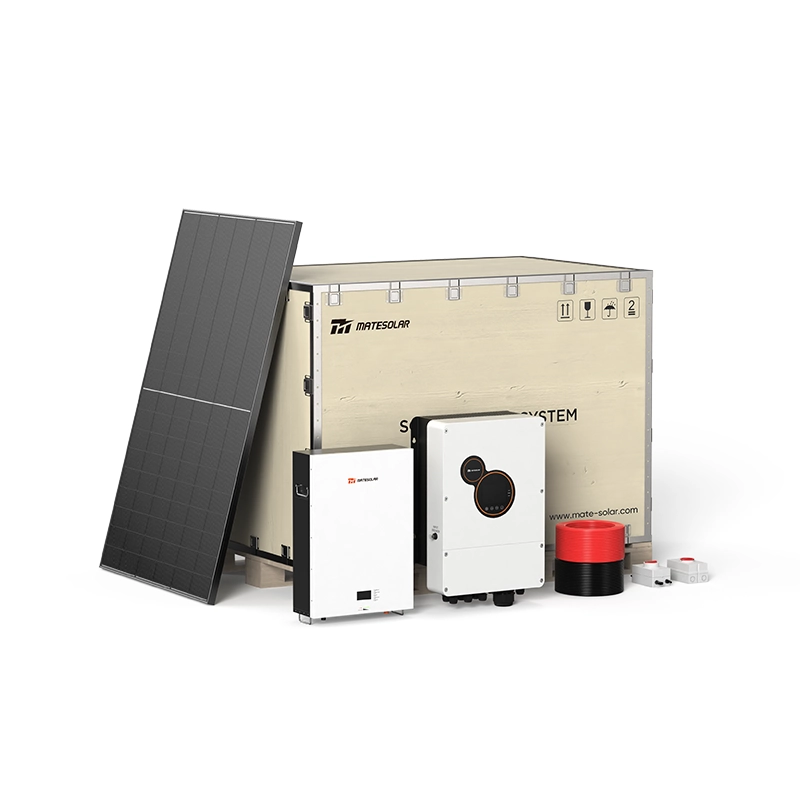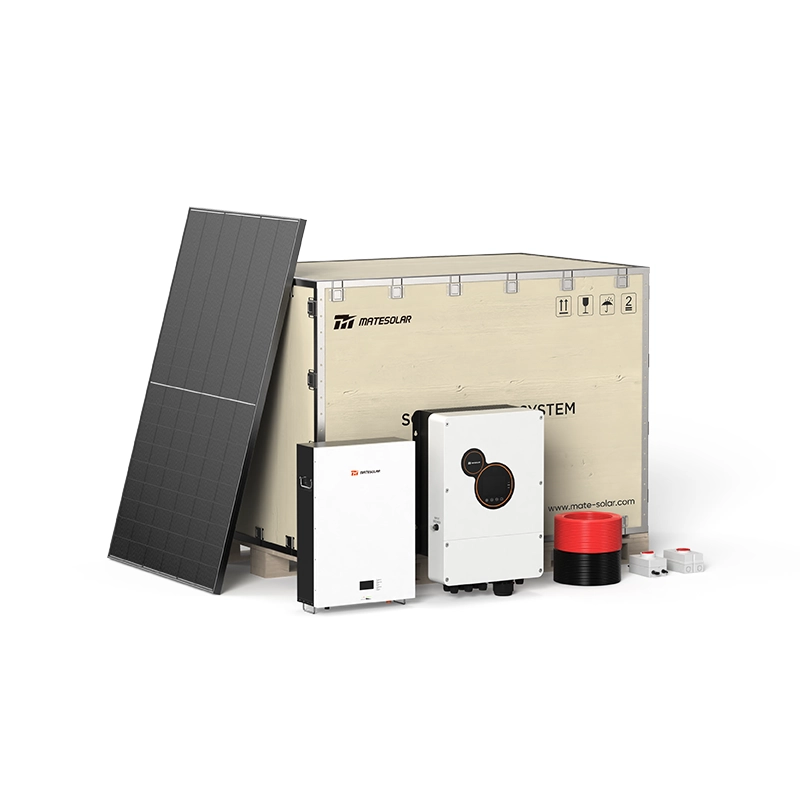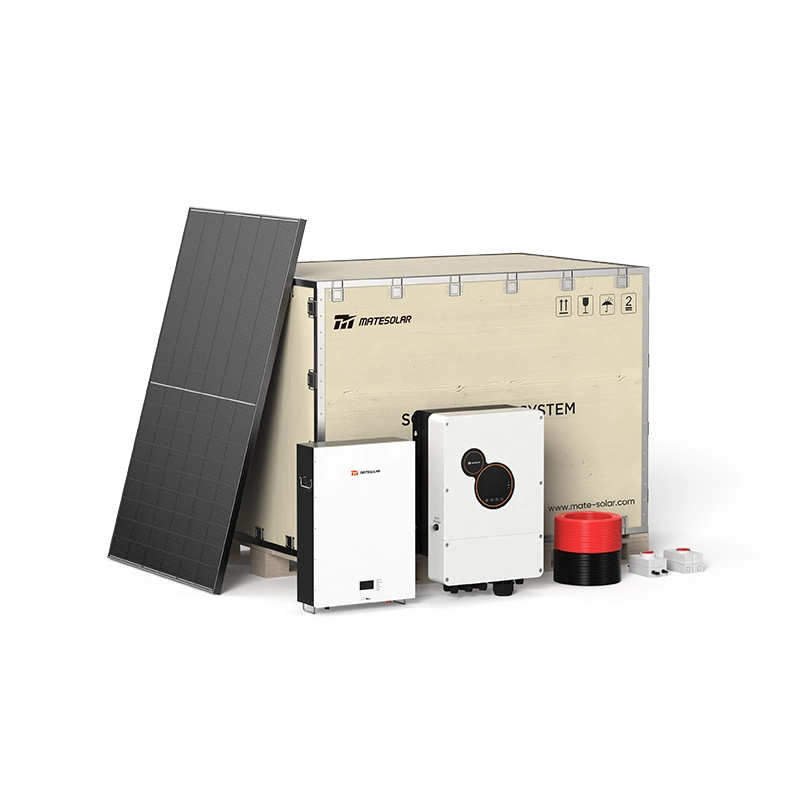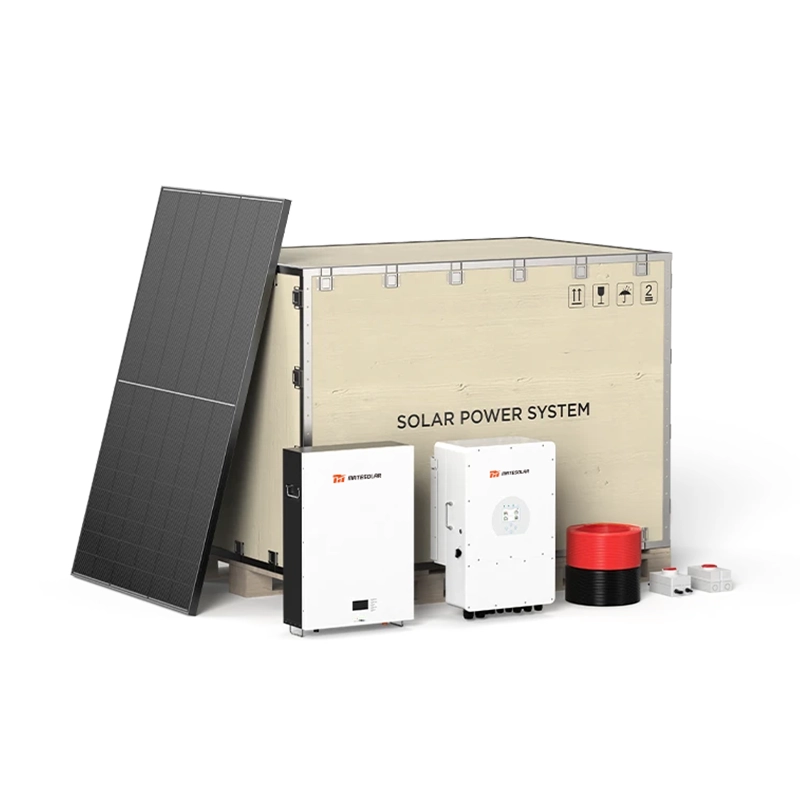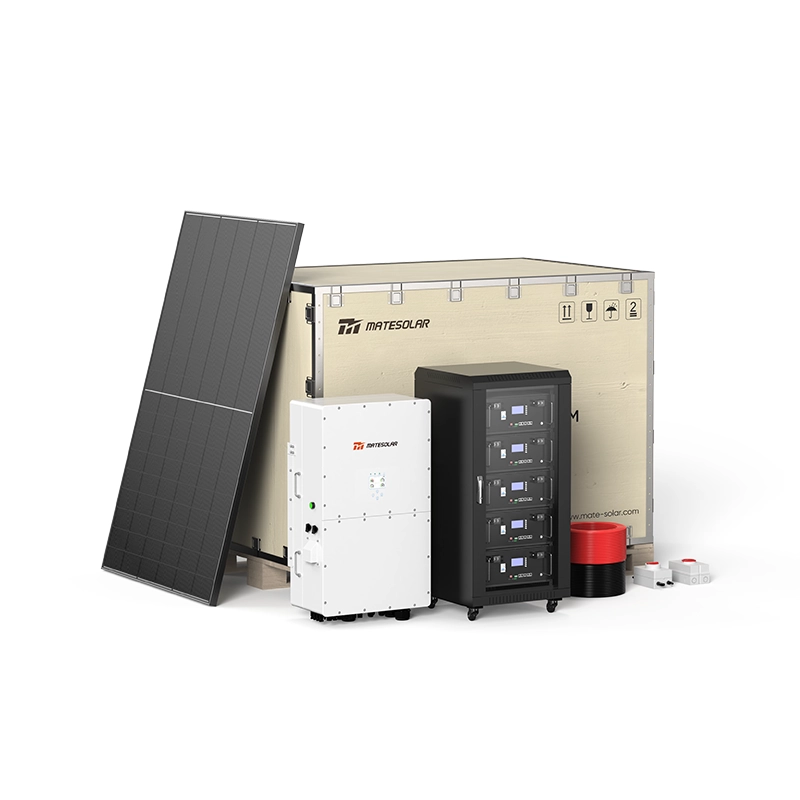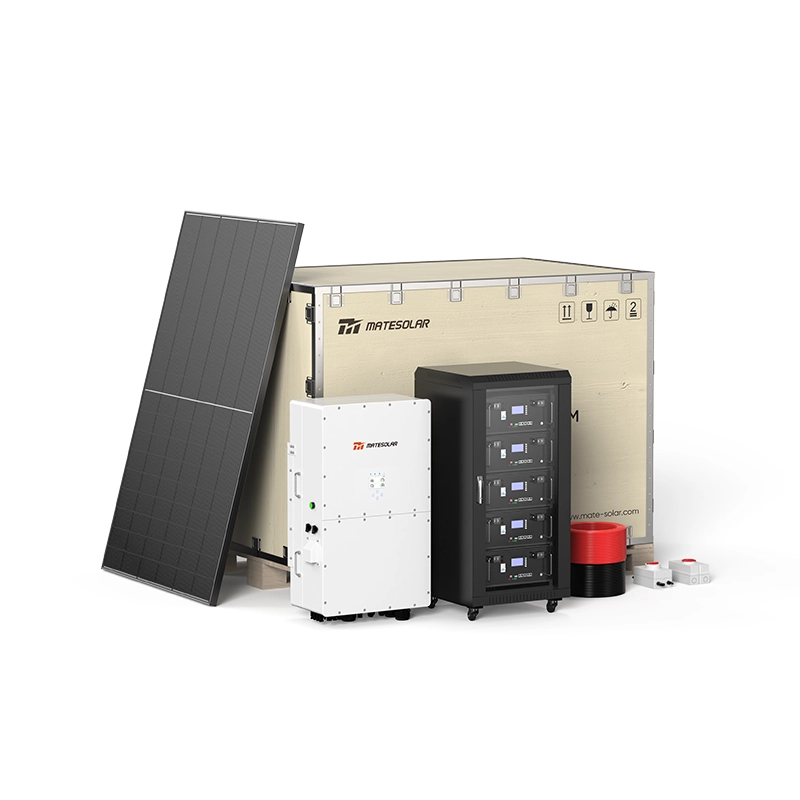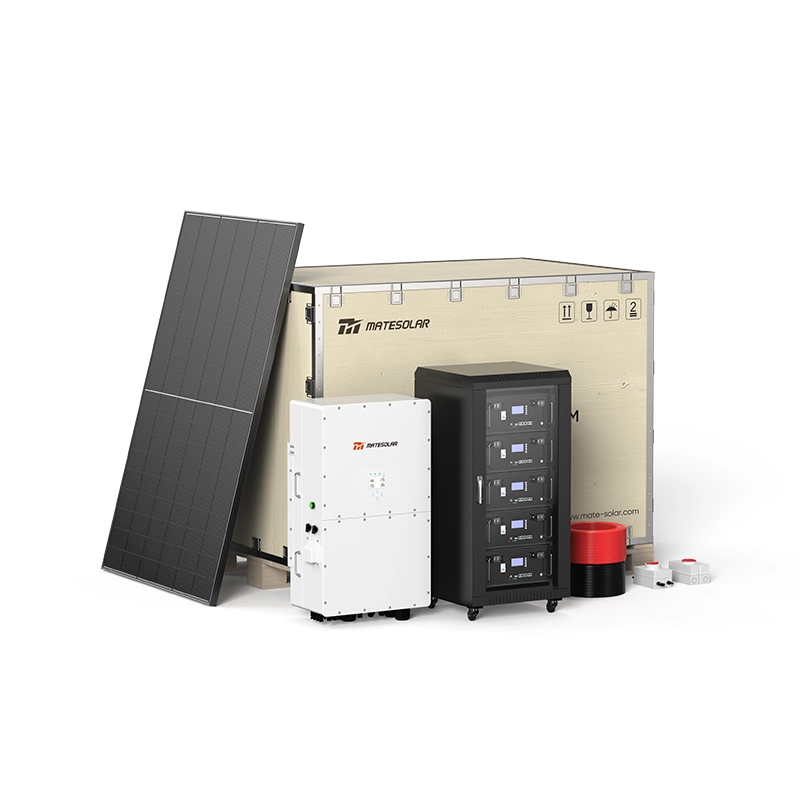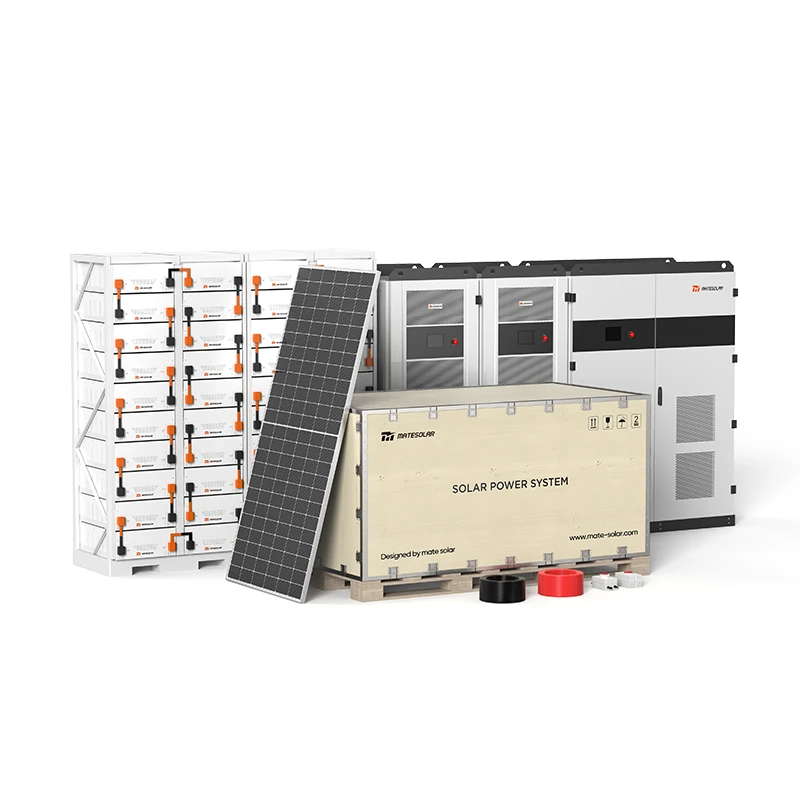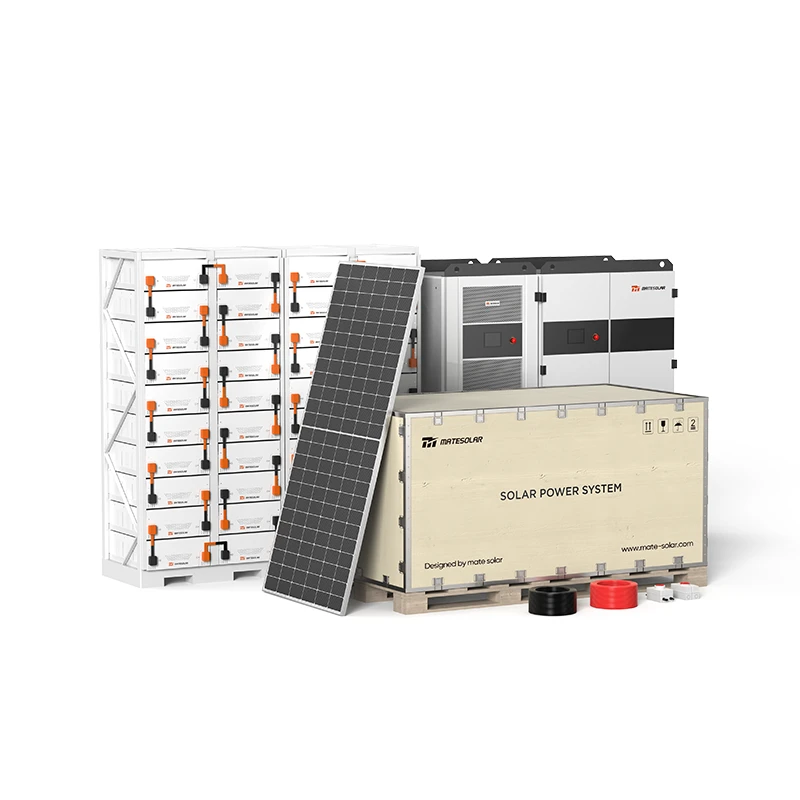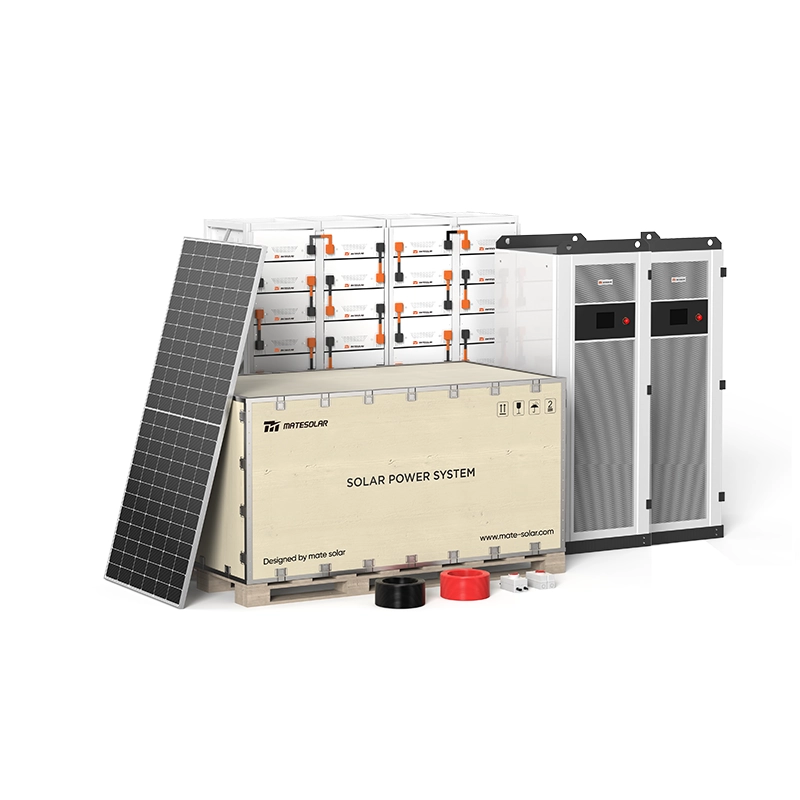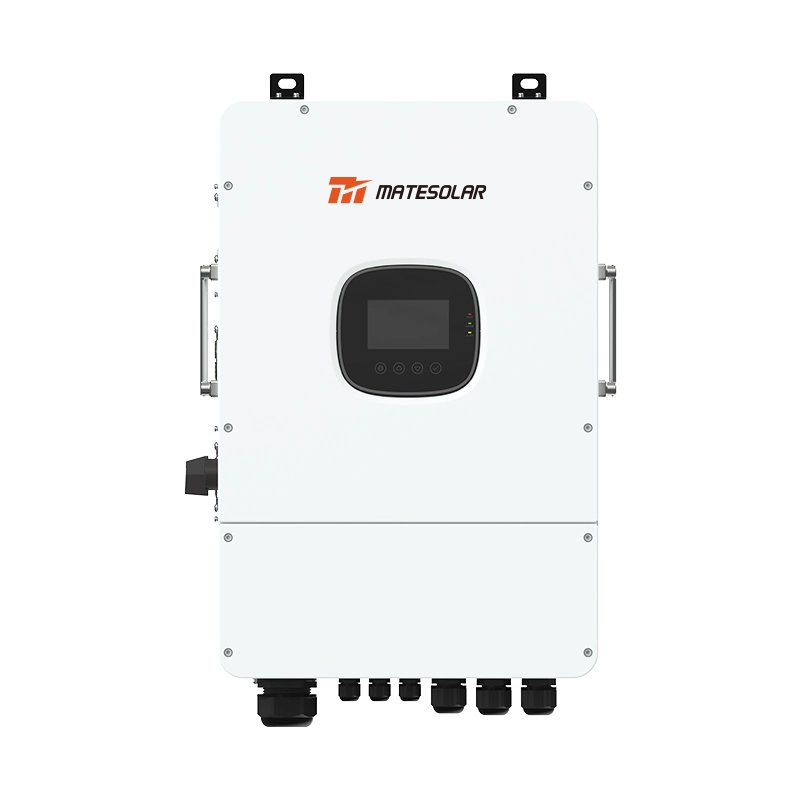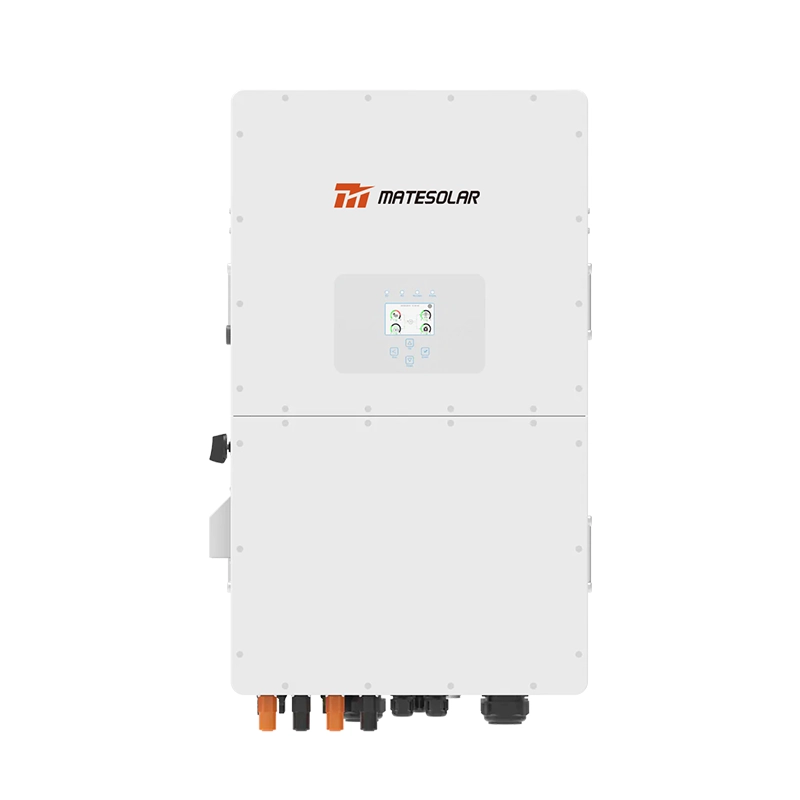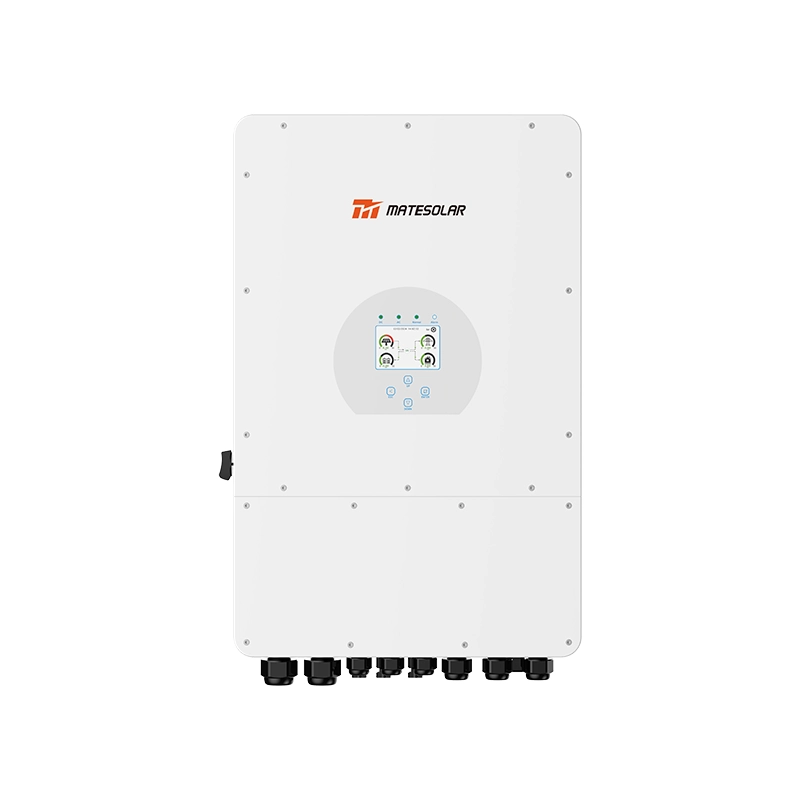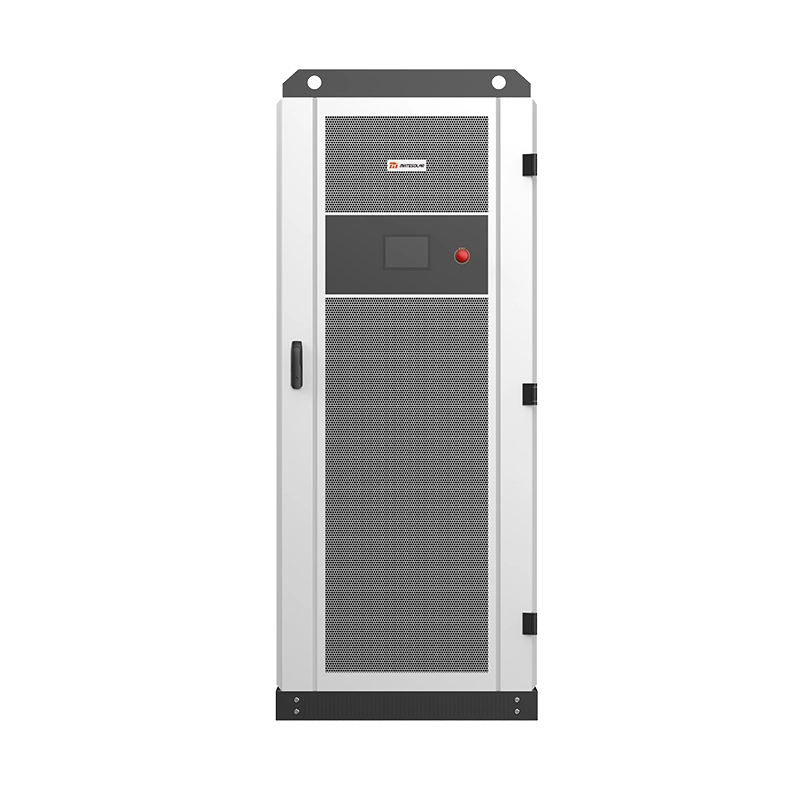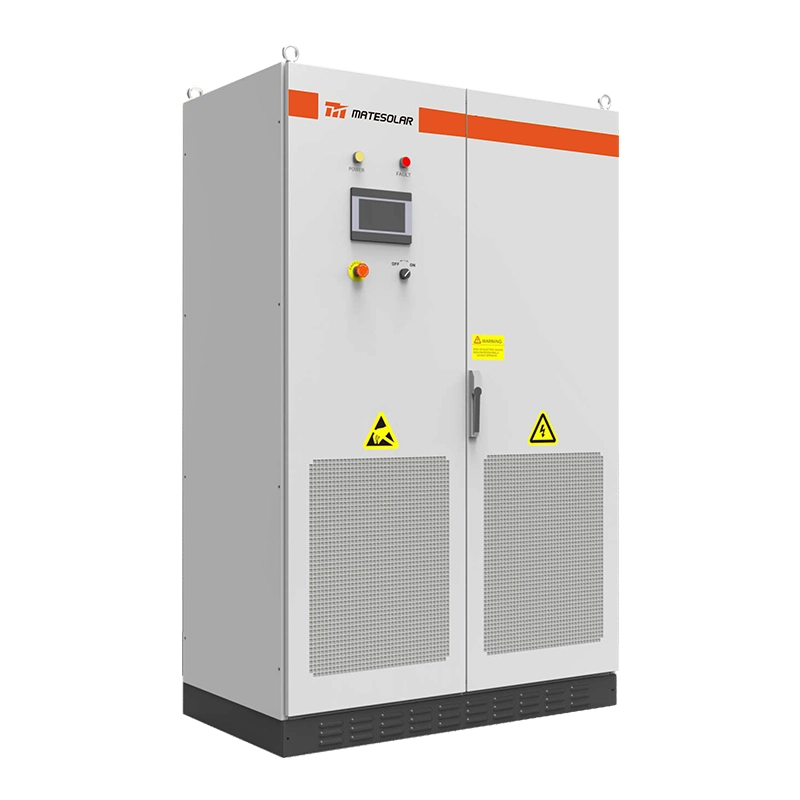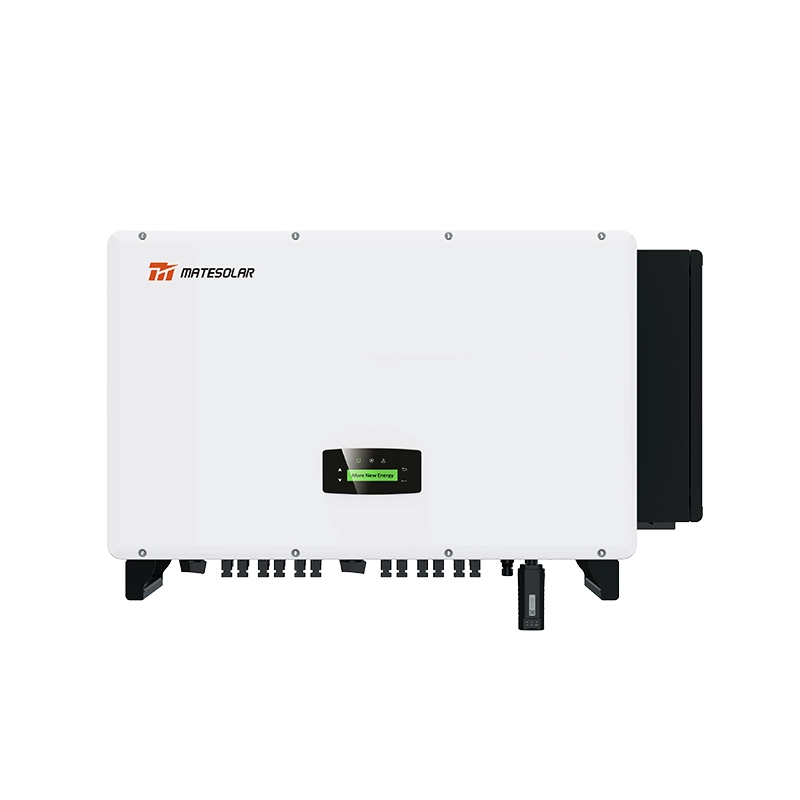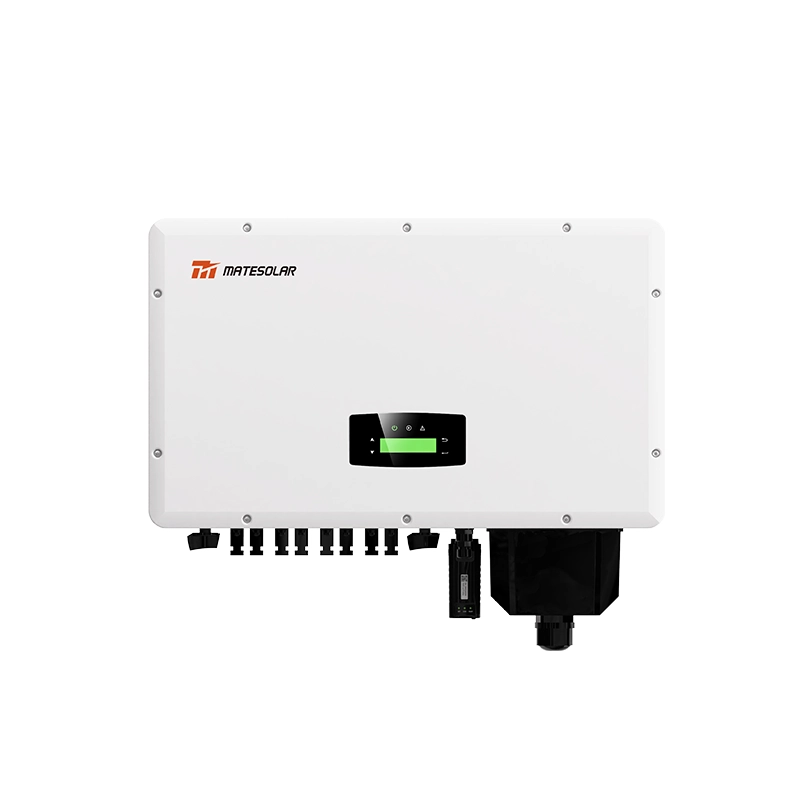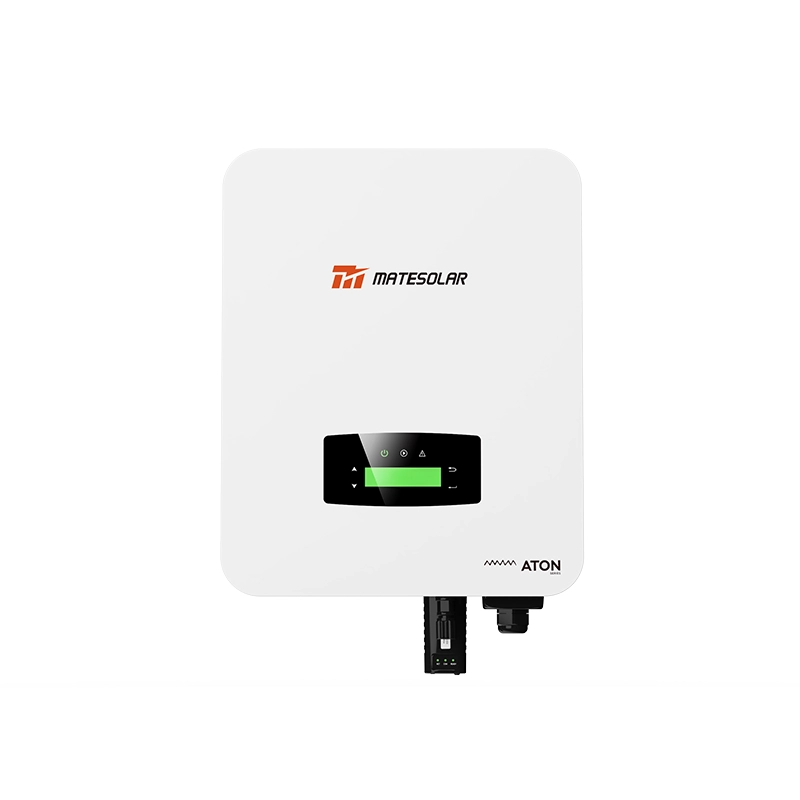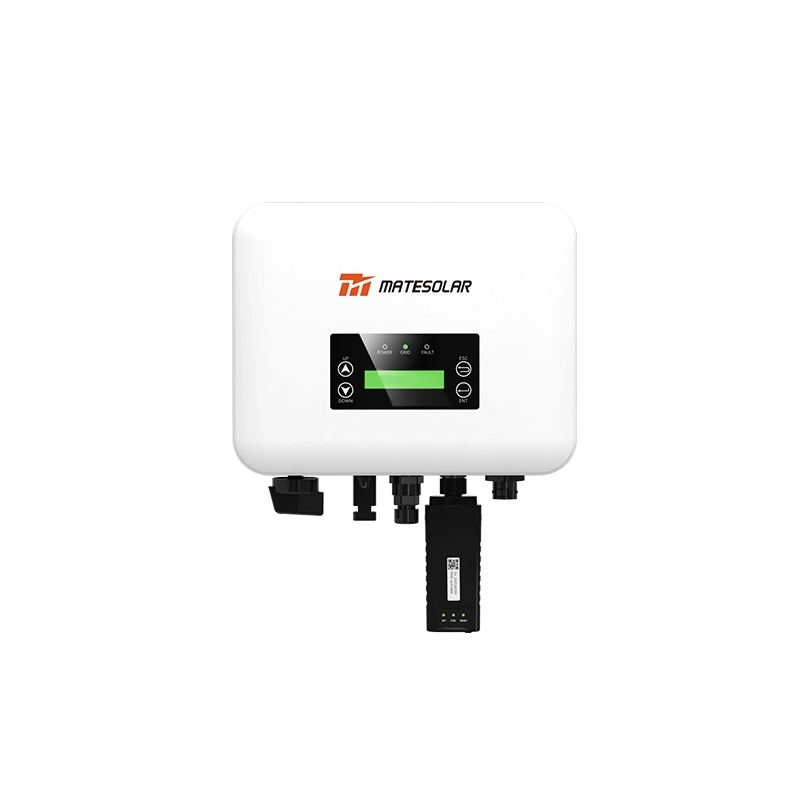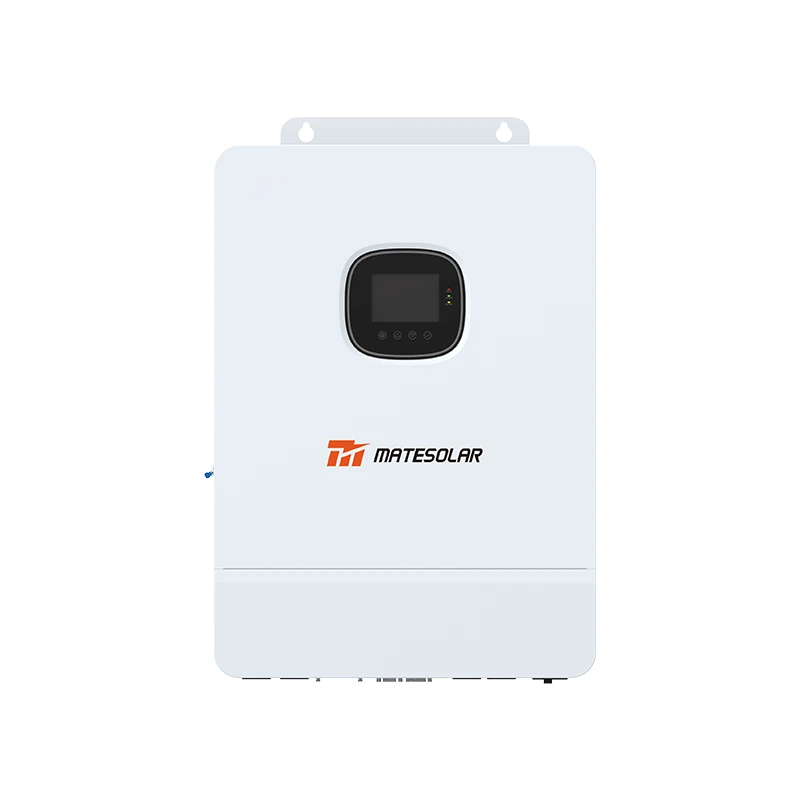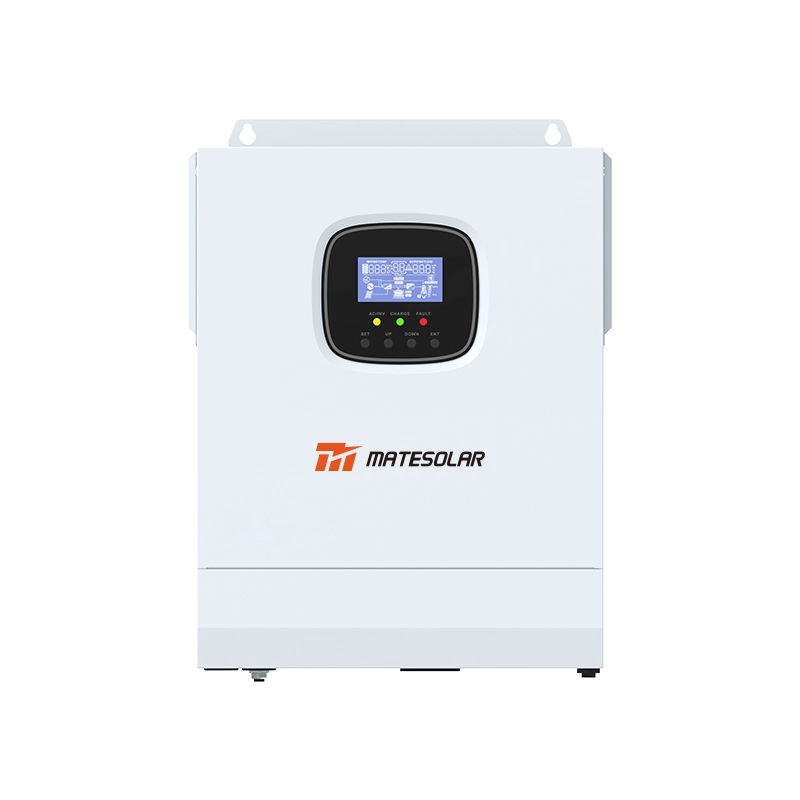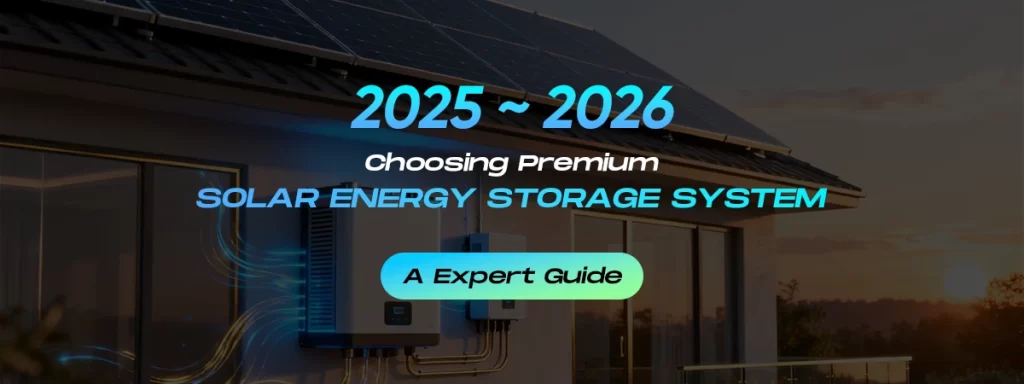
With rising electricity costs and global shifts toward renewable energy, solar energy storage has evolved from a niche option to a core component of residential energy management. For homeowners in 2025–2026, integrating a high-performance solar storage system isn’t just about sustainability—it’s a financially savvy move that maximizes energy independence and cuts utility bills. This guide offers a detailed, expert-backed approach to selecting, installing, and optimizing a home energy storage system tailored to modern needs.
1. Why Solar Energy Storage Is Essential in 2025–2026
1.1 Energy Independence and Financial Savings
Solar storage systems allow households to store excess solar energy generated during the day for use during peak evening hours or grid outages. This reduces reliance on utility power and takes advantage of time-of-use (TOU) rate arbitrage—charging batteries when electricity is cheap and discharging it when rates are high. Studies indicate that households with storage can achieve up to 70–90% self-consumption of solar energy, slashing electricity costs significantly.
1.2 Grid Stability and Government Incentives
Countries worldwide are rolling out supportive policies to accelerate storage adoption. For example, China’s National Energy Administration aims to reach over 1.8 billion kW of installed new energy storage capacity by 2027, with direct investments exceeding CNY 250 billion. In the EU and North America, tax credits, subsidies, and net metering policies make systems more affordable. These initiatives align with global carbon neutrality goals and enhance the ROI for homeowners.
1.3 Emergency Backup and Resilience
Extreme weather events and grid instability make backup power a critical feature. Modern storage systems with EPS (Emergency Power Supply) modes can automatically power essential loads during outages, ensuring safety and continuity.
2. Key Components of a Home Solar Storage System
A well-designed system comprises four main components:
1. Solar Panels: Generate DC electricity from sunlight. Monocrystalline panels are currently favored for high efficiency (>22%).
2. Hybrid Inverter: The heart of the system—converts DC to AC for home use, manages battery charging/discharging, and enables grid interaction.
3. Battery Storage: Stores surplus energy. Lithium iron phosphate (LFP) batteries are the mainstream choice for safety and longevity.
4. Energy Management System (EMS): Intelligent software that optimizes energy flow based on consumption patterns, weather, and electricity tariffs.
3. Latest Technological Trends for 2025–2026
3.1 Grid-Forming (Constructing Network) Technology
Traditional solar inverters operate in grid-following mode, requiring an existing grid signal to function. Grid-forming inverters, like Huawei’s FusionSolar 9.0, can autonomously establish grid voltage and frequency, enabling operation in weak-grid or off-grid conditions. This technology is pivotal for remote homes and microgrids.
3.2 High-Voltage Battery Systems
Residential systems are shifting from 48V batteries to 300–500V high-voltage architectures. Higher voltage reduces current, minimizes energy loss, and improves efficiency. For instance, RENAC’s Turbo H3 series supports up to 56.4kWh capacity with modular stacking.
3.3 Bidirectional Power Conversion & SiC/GaN Components
Advanced bidirectional converters allow seamless energy transfer between solar, storage, and the grid. Wide-bandgap semiconductors like SiC (Silicon Carbide) and GaN (Gallium Nitride) enable compact, fanless designs with higher switching frequencies and efficiency.
3.4 AI-Optimized Energy Management
Companies like Huawei integrate AI-driven energy management platforms that forecast weather, energy demand, and electricity prices to automatically adjust system operation for maximum savings.
4. How to Choose the Right System: A Step-by-Step Guide
Step 1: Single-Phase vs. Three-Phase Power
- Homes with 1-phase power (common in smaller residences) should opt for single-phase hybrid inverters.
- Homes with 3-phase power (common in Europe for larger homes or villas) require three-phase inverters for balanced load distribution.
Step 2: Capacity and Scalability
- High-voltage systems: Higher efficiency, simpler wiring, and better performance for larger homes.
- Low-voltage systems: Suitable for basic setups but may have limitations in scalability and efficiency.
Step 4: Battery Chemistry – LFP Dominates
Lithium Iron Phosphate (LFP) is the preferred chemistry due to:
- Long cycle life (6,000+ cycles)
- Enhanced safety (thermal stability)
Table 1: Comparison of Key Residential Storage Batteries (2025–2026)
| Feature | LFP Battery | NMC Battery | Lead-Carbon |
| Cycle Life (80% DoD) | 6,000+ cycles | 3,000–4,000 cycles | 1,500–2,000 cycles |
| Energy Density | Moderate | High | Low |
| Safety | Excellent | Good | Good |
| Cost per kWh | Medium | High | Low |
| Ideal For | All-around use | Space-constrained installs | Budget-limited projects |
5. Top Solar Storage Solutions for 2025–2026
5.1 Huawei LUNA S1-7kWh
- Capacity: Expandable from 7kWh to 252kWh.
- Warranty: 15-year product guarantee.
- Features: AI energy management, grid-forming capability, and compatibility with LUNA S1 ecosystem. Ideal for households and small businesses.
5.2 RENAC Turbo H3 Series
- Capacity: 7.1–9.5kWh per module, up to 56.4kWh with parallel connection.
- Technology: Uses CATL LFP cells, wall/floor-mount flexibility.
5.3 All-in-One Integrated Systems
Systems like RENAC’s All-IN-ONE combine the inverter, battery, and controller in one sleek unit. They save space, simplify installation, and suit modern aesthetic preferences.
For detailed specifications of a versatile 25kW Residential Hybrid Solar System, ideal for villas or small businesses, visit:
6. Global Policy Support and Incentives
Governments are aggressively promoting storage adoption through:
- Tax Credits: e.g., U.S. ITC (Investment Tax Credit) covers 30% of installation costs.
- Subsidies: Europe’s SEFI grants and China’s storage subsidies reduce upfront costs.
Table 2: Select 2025–2026 Residential Storage Incentives
| Country | Program | Key Benefit |
| USA | Investment Tax Credit | 30% federal tax credit |
| Germany | KfW Renewable Energy Loan | Low-interest loans + rebates |
| Australia | Battery Incentive Scheme | Up to AUD 3,000 per system |
| Japan | Net Metering Plus | Premium FIT for exported storage energy |
7. Installation and Maintenance Best Practices
7.1 Professional Assessment Matters
A certified installer should evaluate:
- Roof orientation and shading.
- Main panel capacity and grid connection type.
- Home energy usage patterns.
7.2 Smart System Sizing
Use the formula:
Daily Consumption (kWh) = Σ (Appliance Power × Hours Used)
Size the battery to cover 70–80% of daily consumption for optimal cost-efficiency.
7.3 Maintenance Tips
- Keep batteries in a temperature-controlled environment (0–35°C).
- Update firmware regularly for performance optimization.
- Monitor via the manufacturer’s app (e.g., Huawei Smart Energy Cloud).
8. Frequently Asked Questions (FAQ)
Q1: How long do solar batteries typically last?
A: LFP batteries last 10–15 years or 6,000 charge cycles. NMC batteries average 8–12 years.
Q2: Can I go completely off-grid with a storage system?
A: Yes, but it requires oversizing solar generation and battery capacity. Hybrid inverters with grid-forming capability enable this.
Q3: What’s the payback period for a system in 2026?
A: With incentives, typically 6–9 years. High electricity prices and TOU rates shorten ROI.
Q4: Are there solutions for homes with limited space?
A: All-in-one systems (e.g., RENAC All-IN-ONE) and high-energy-density batteries like Huawei LUNA are space-efficient.
Q5: How does weather affect storage performance?
A: LFP batteries perform well in cold climates. AI-based systems pre-adjust operation based on weather forecasts.
Explore compatible components for your project on the [Solar Photovoltaic Storage System Classification] page.
9. Conclusion: Empowering Your Home with Solar Storage
The solar storage landscape in 2025–2026 offers unprecedented opportunities for energy savings, independence, and sustainability. By prioritizing grid-forming technology, LFP batteries, and modular scalability, homeowners can build a system that grows with their needs.
Partner with a trusted provider like MateSolar—a one-stop solution for premium solar and storage systems. From design and installation to lifelong maintenance, we ensure your energy system delivers reliability, intelligence, and value.
Take the first step toward energy independence—contact MateSolar today for a personalized home energy assessment!





